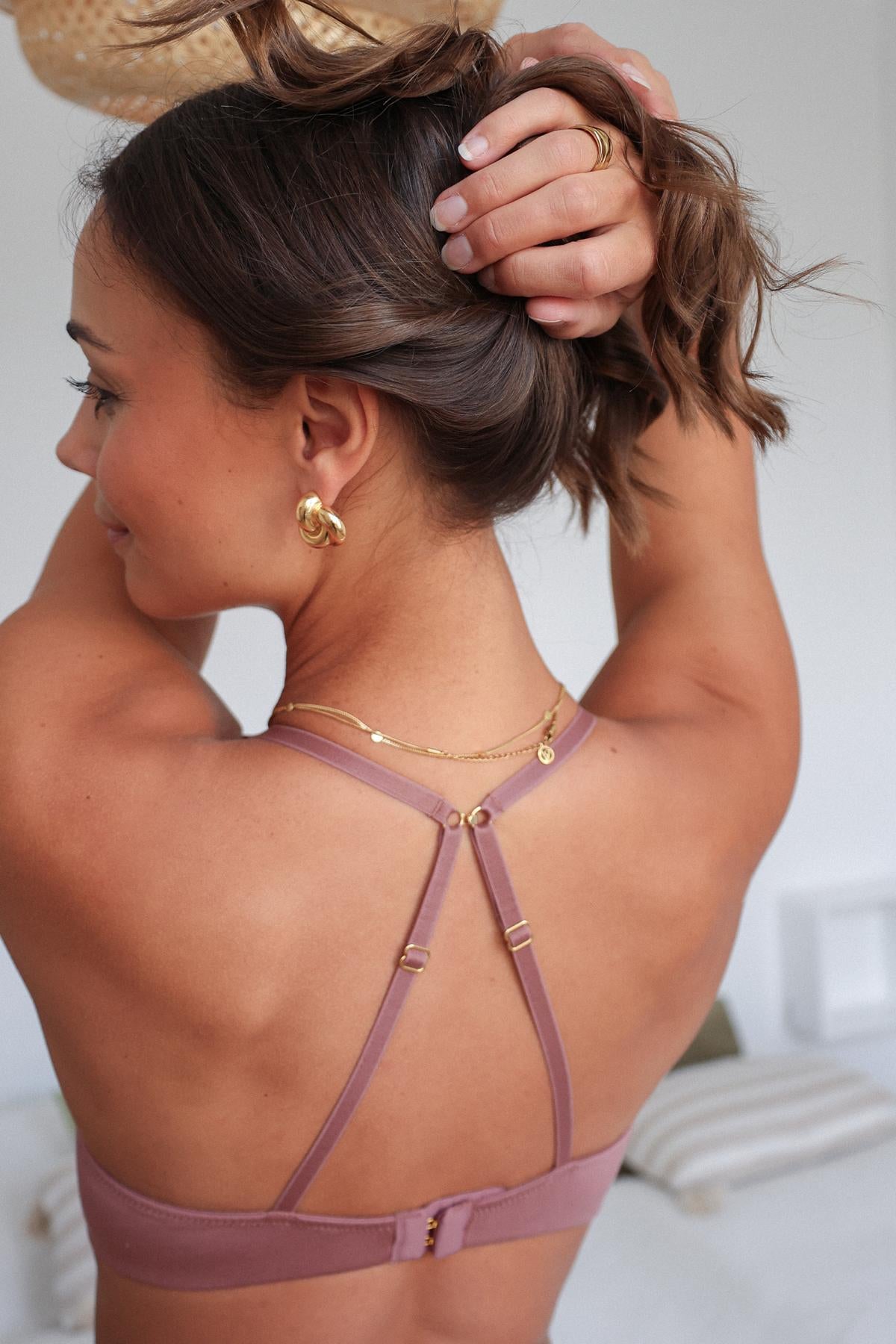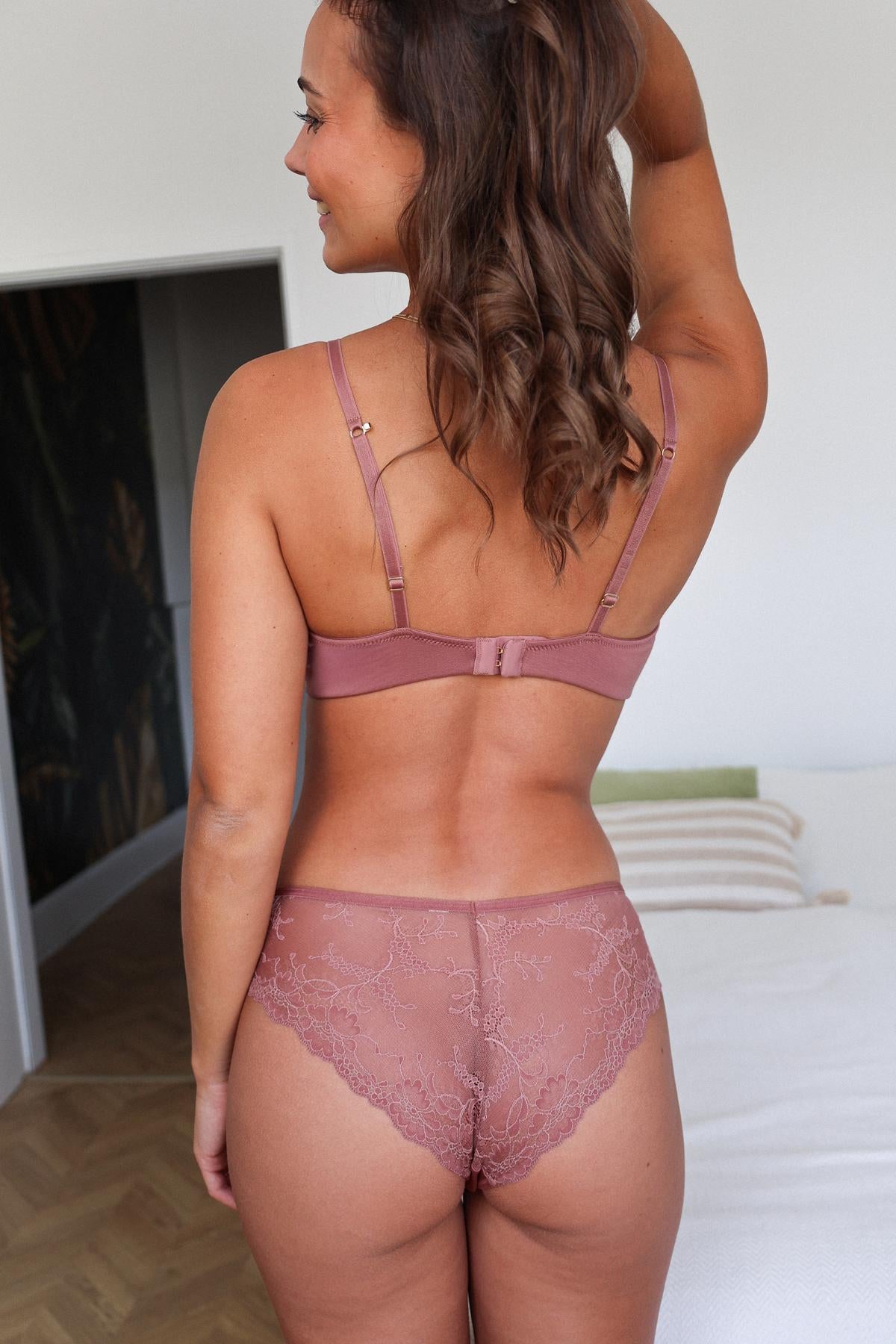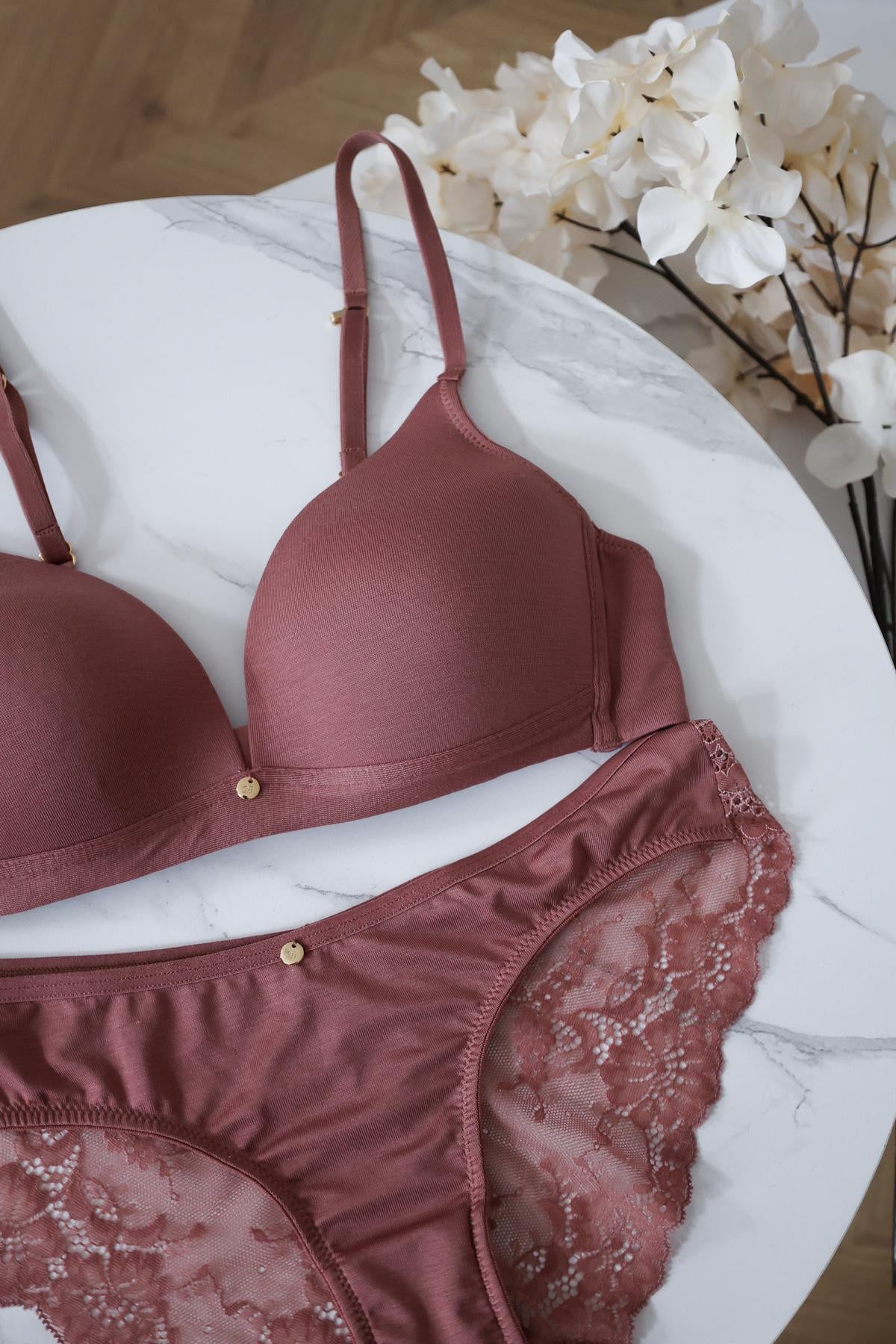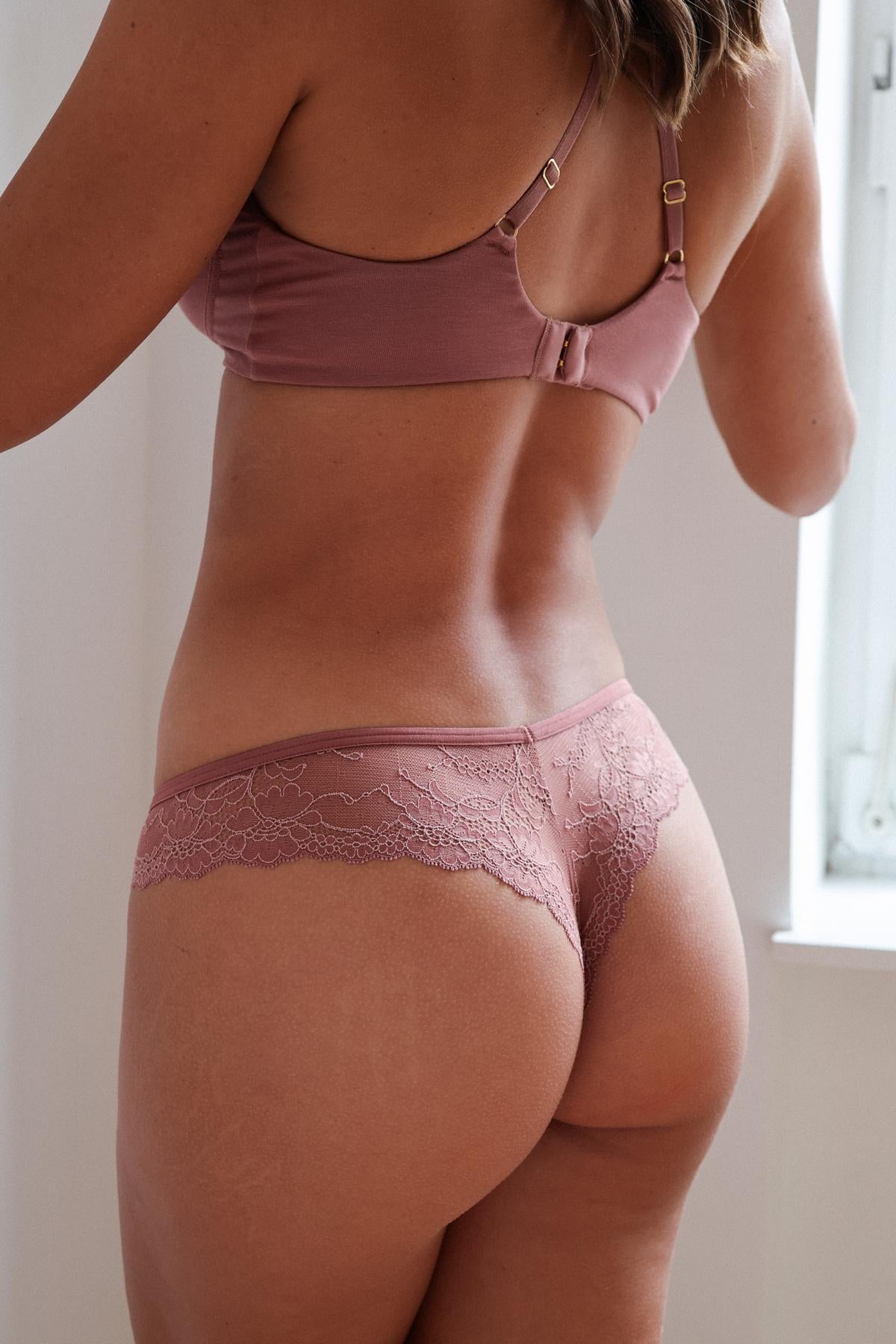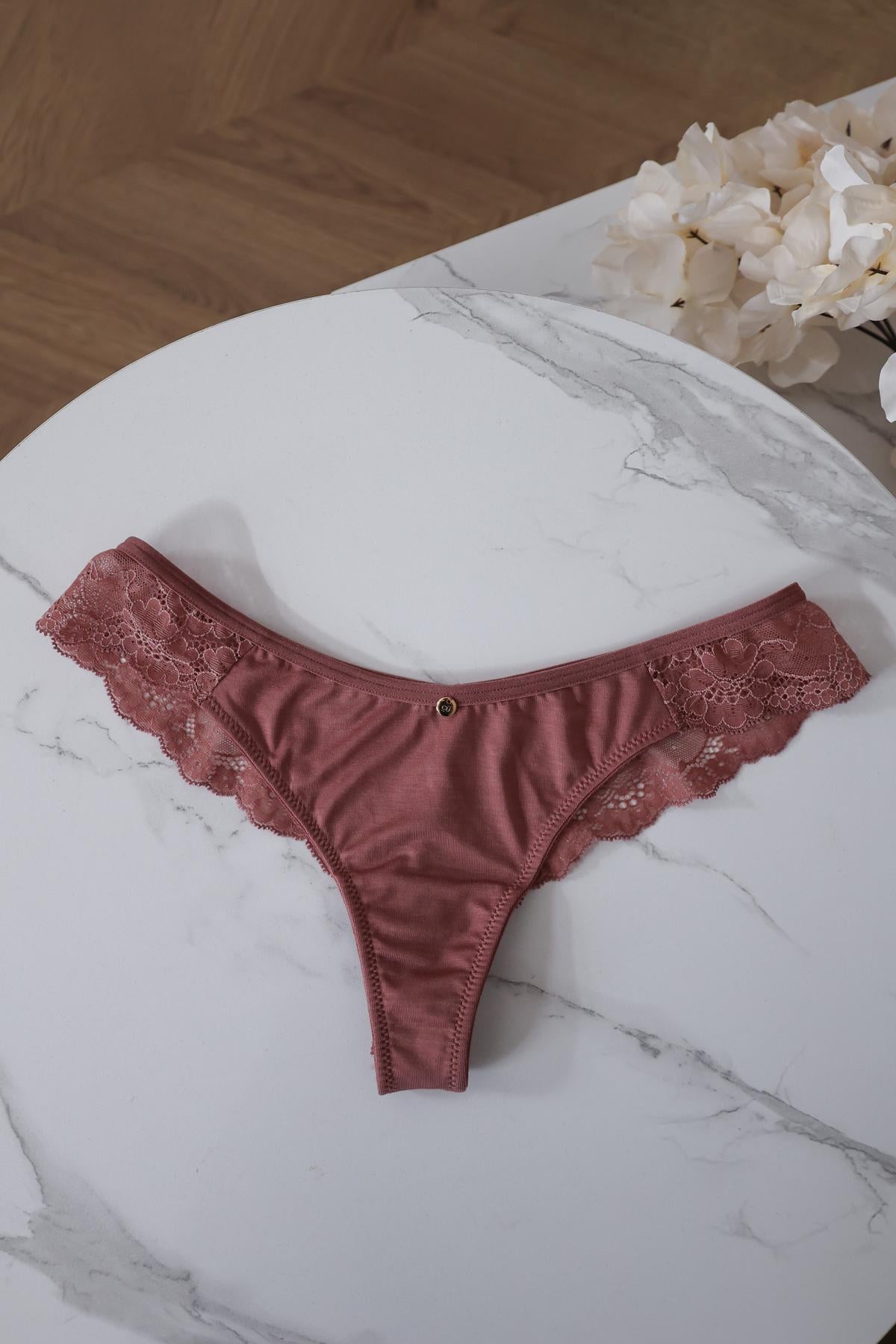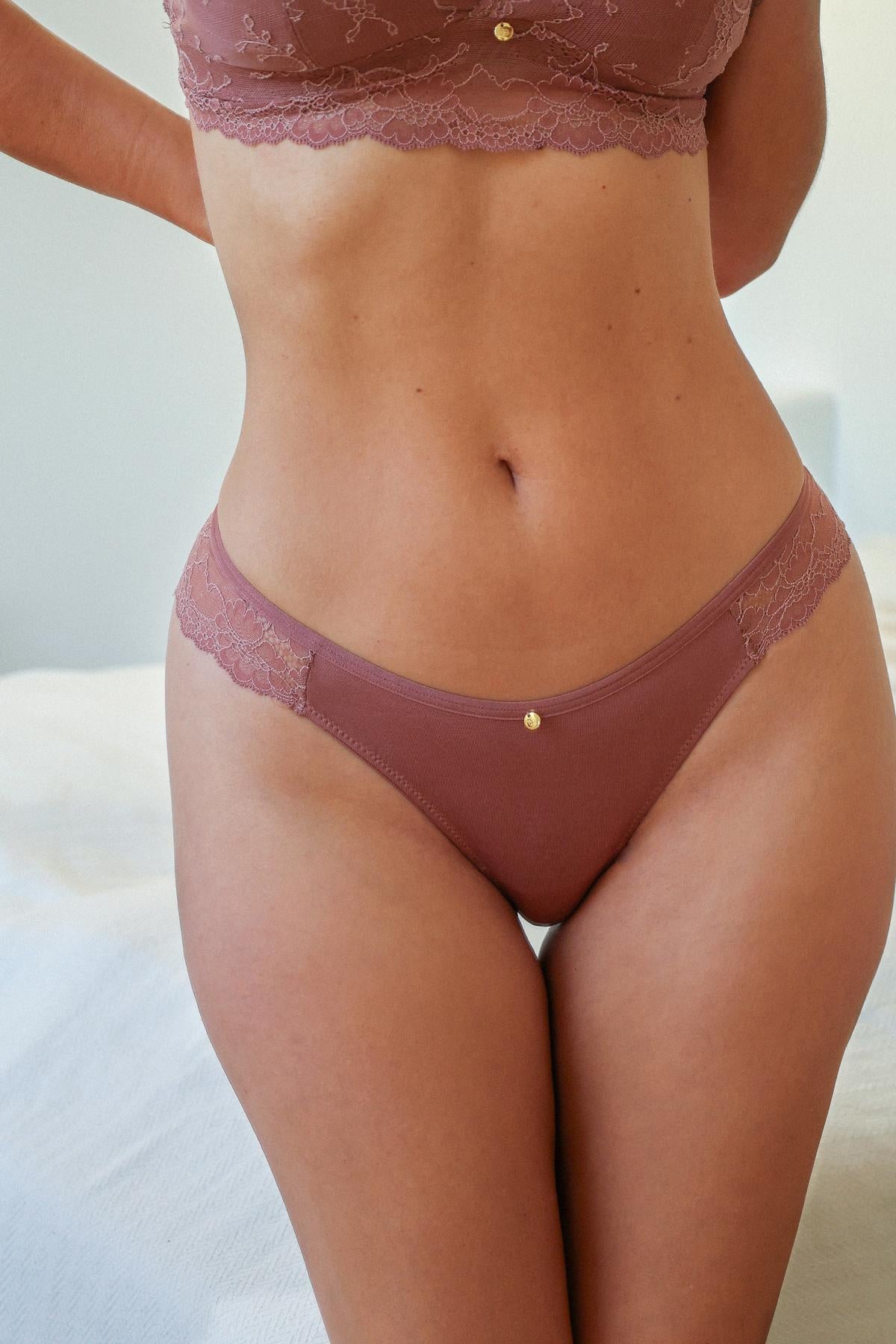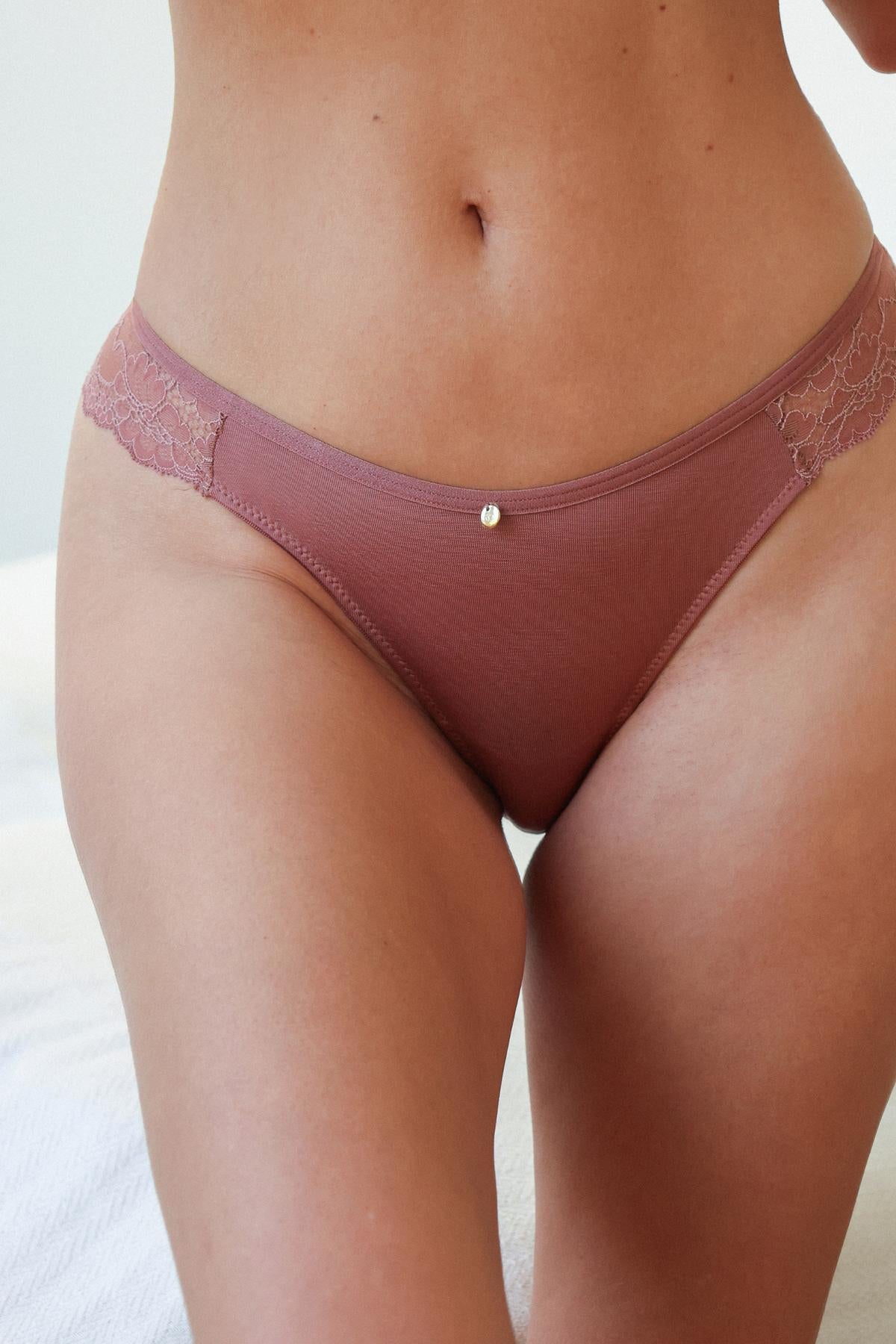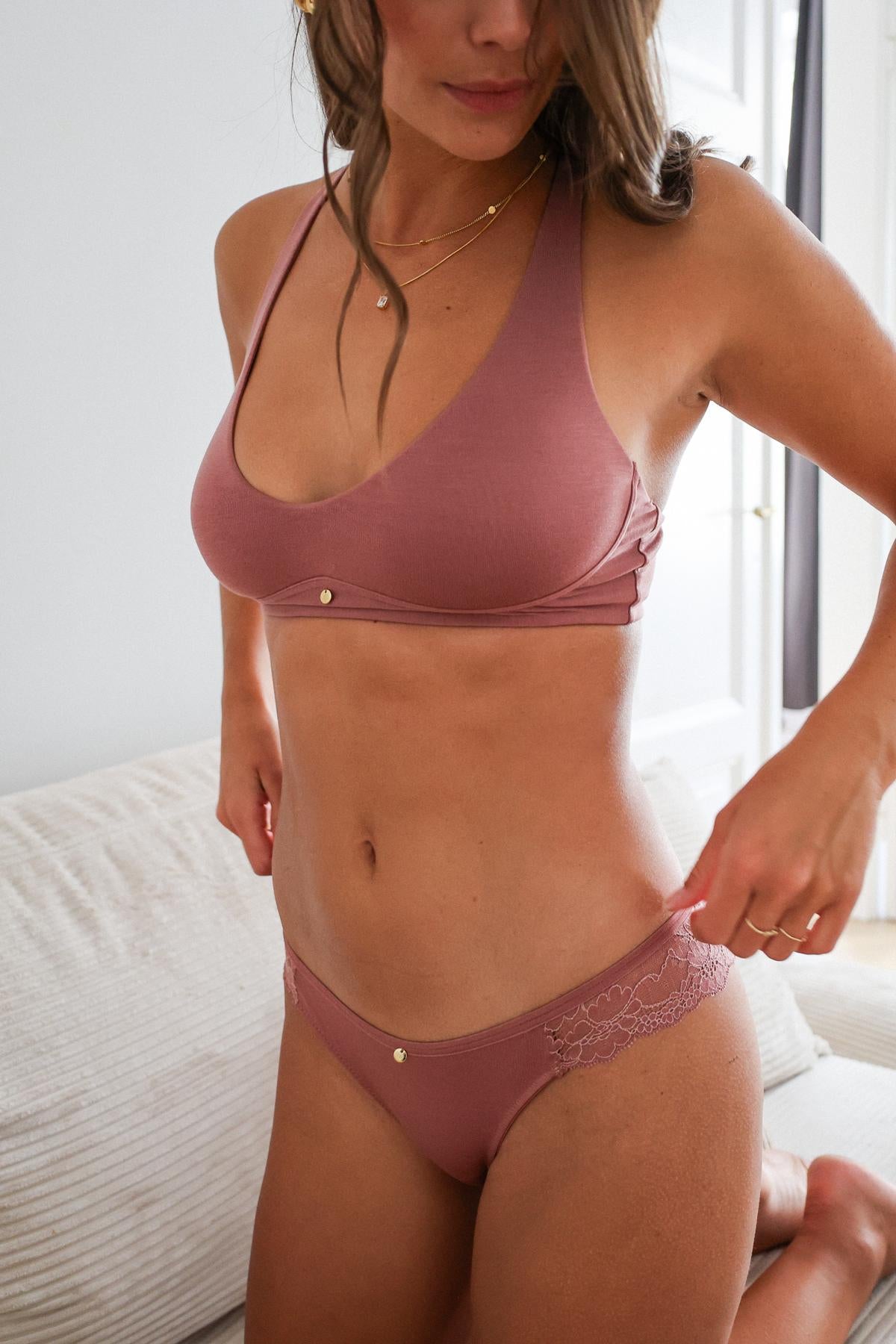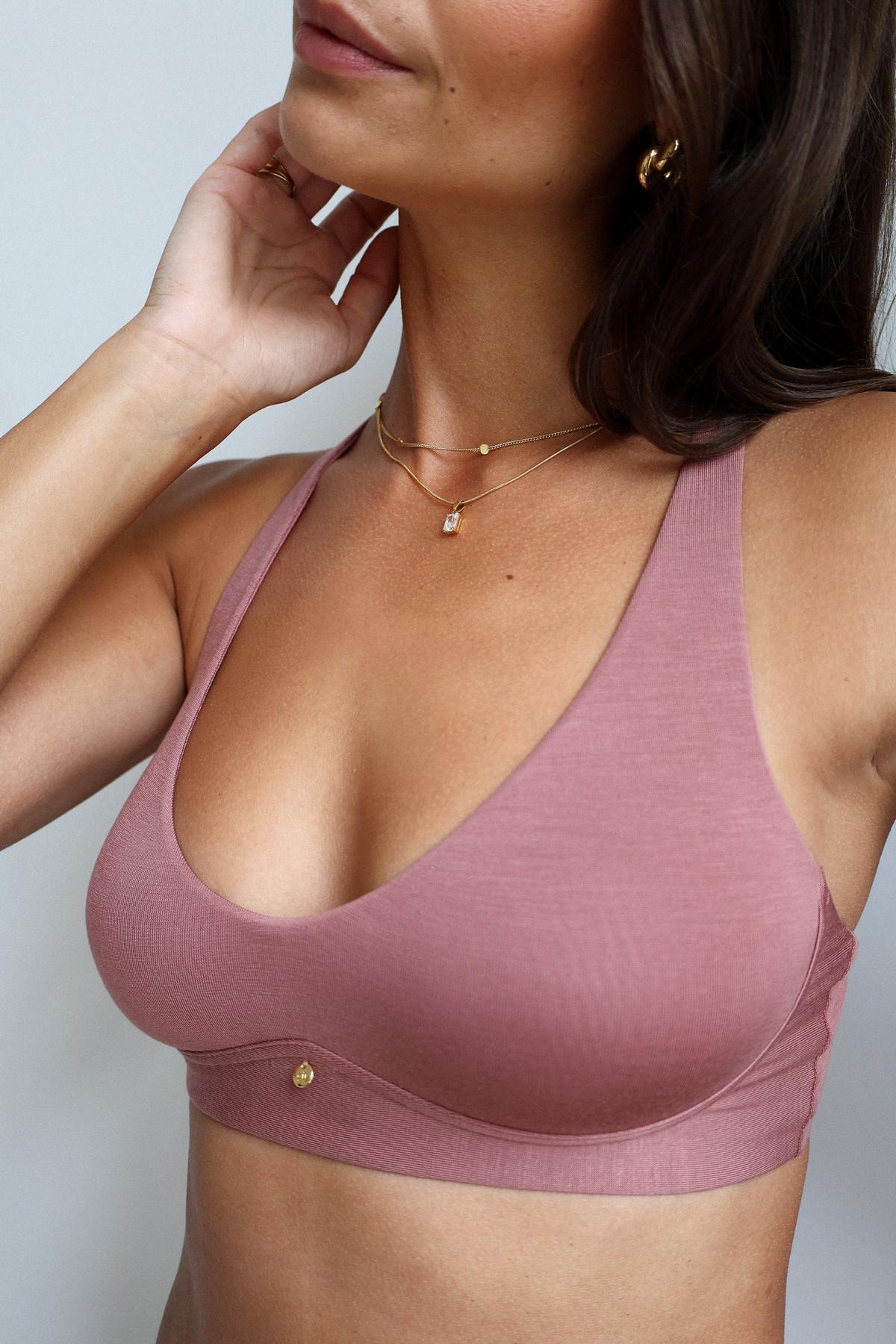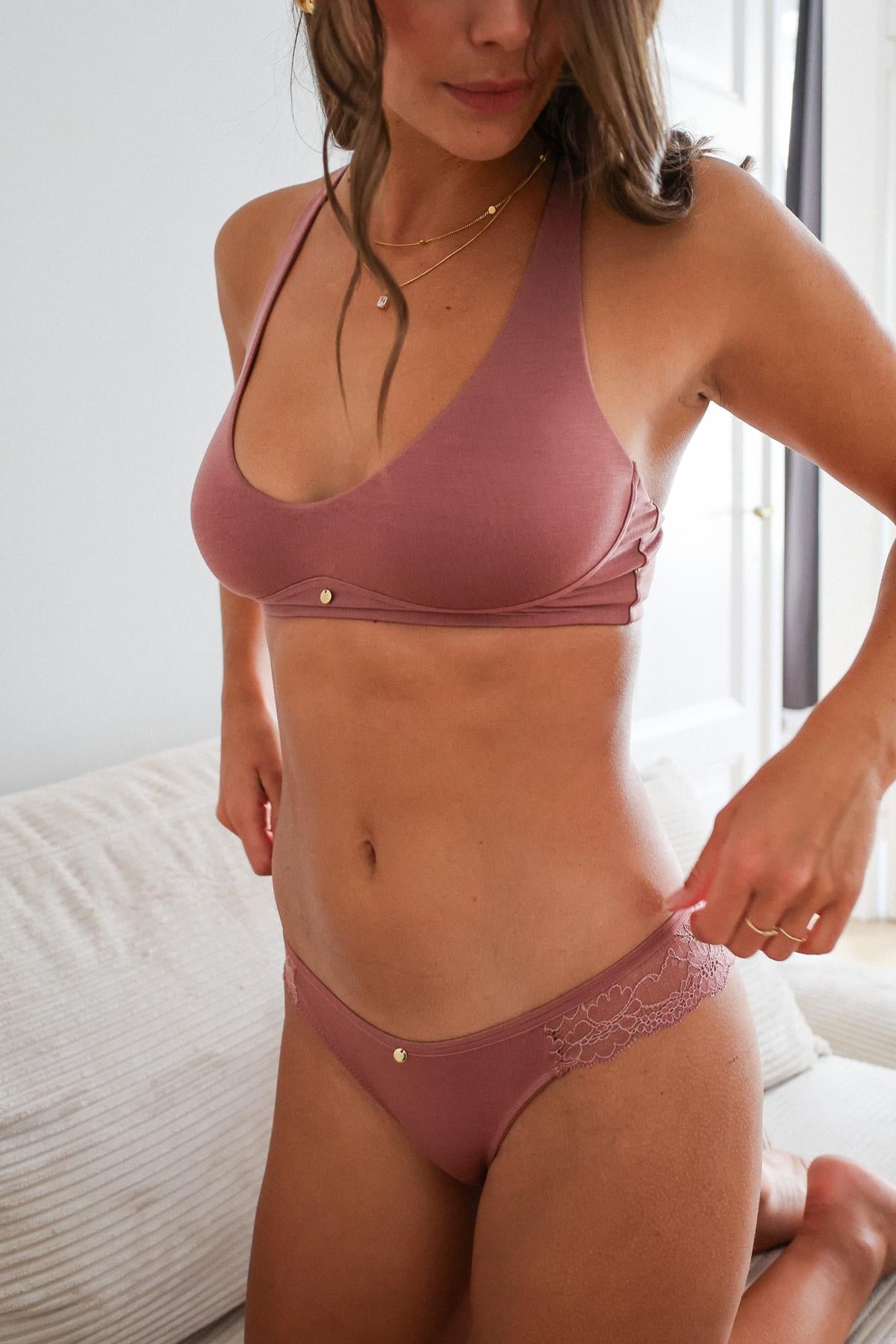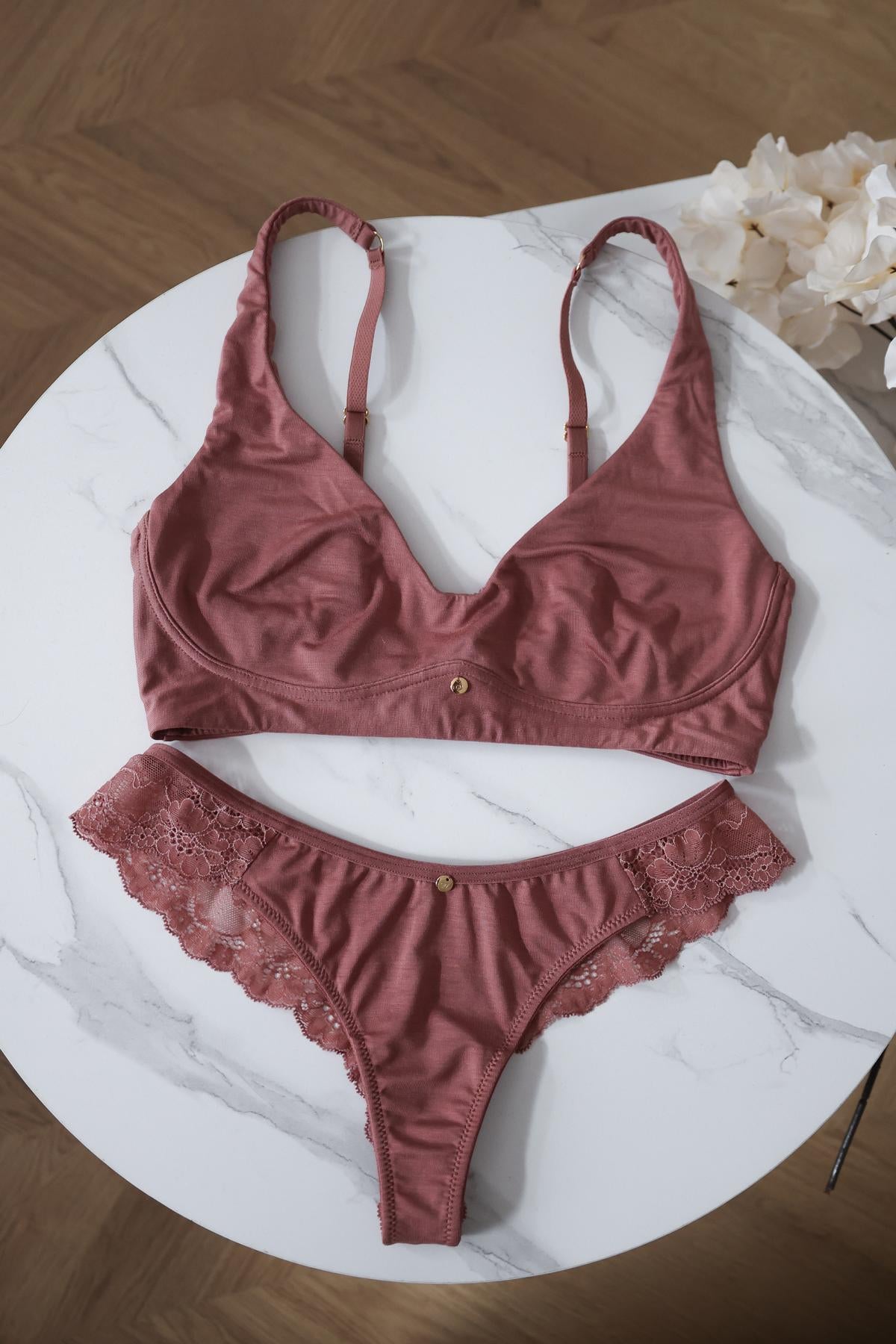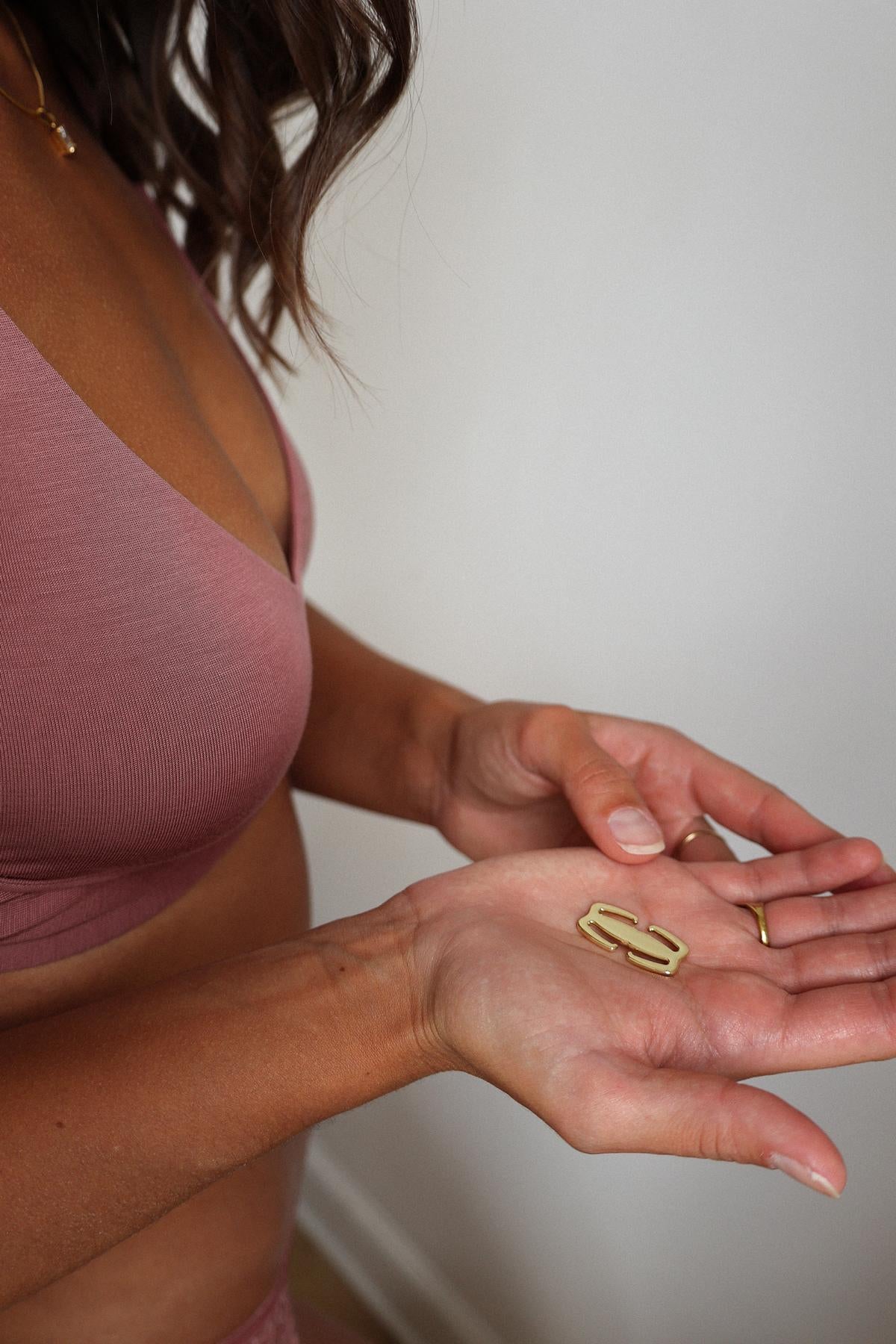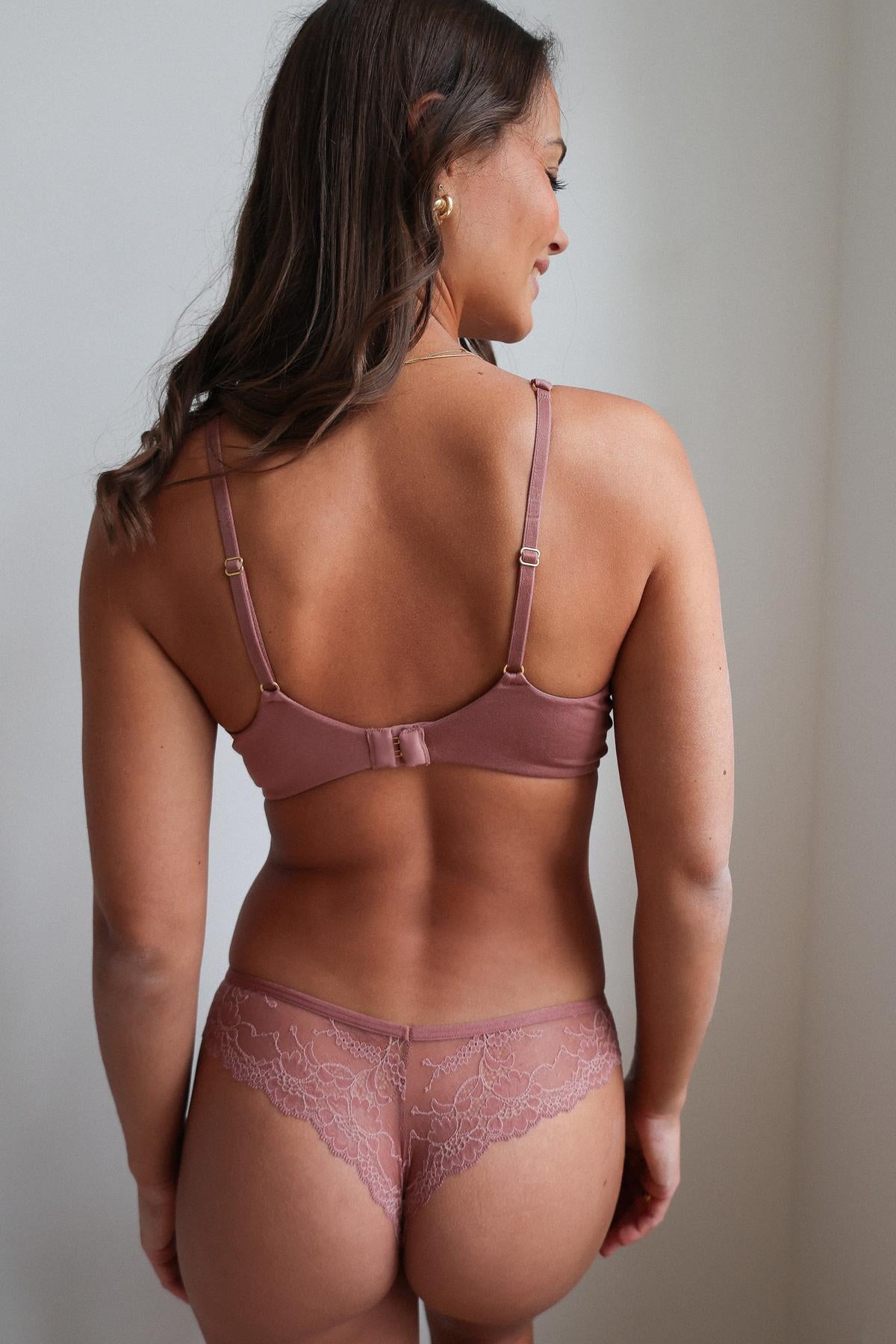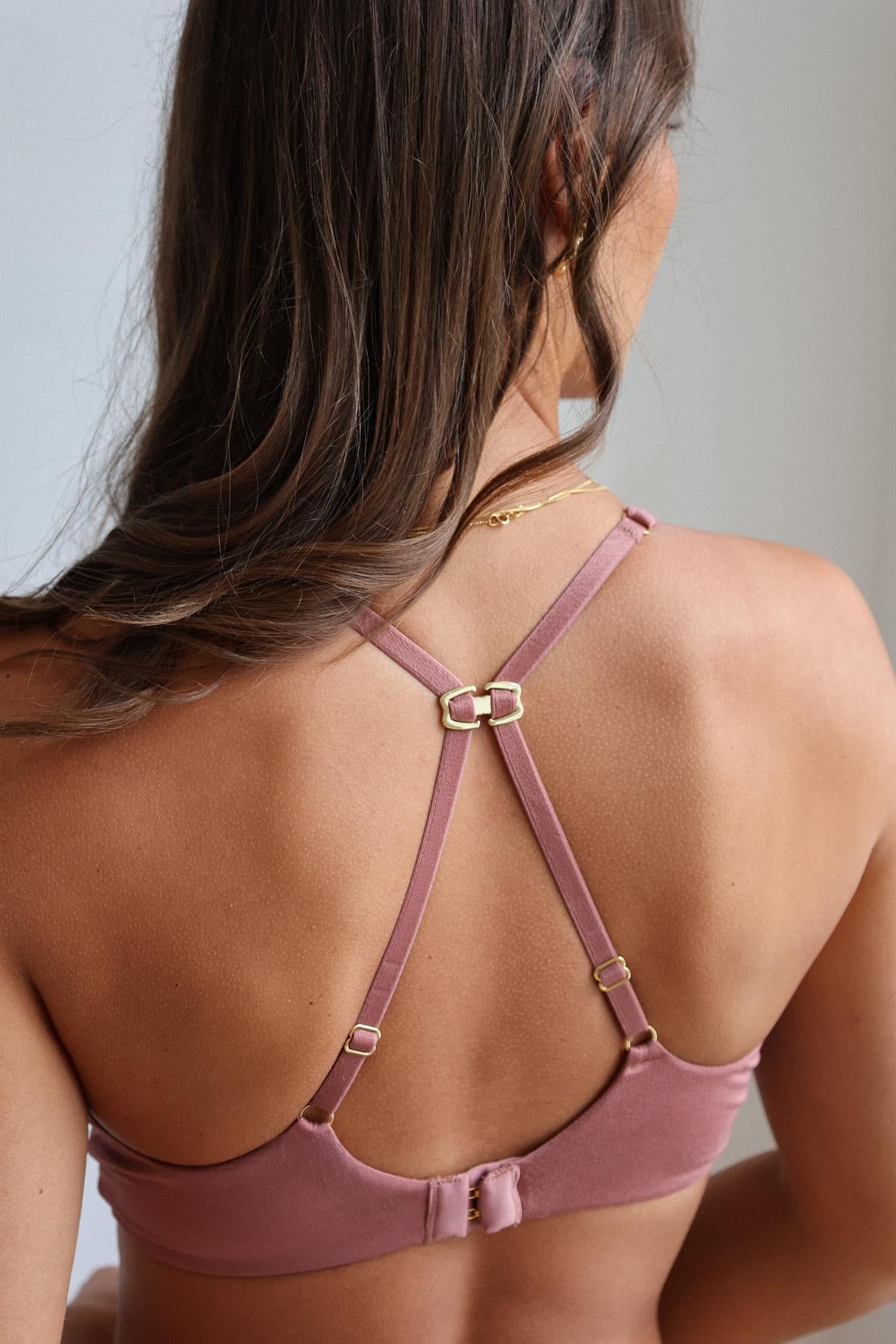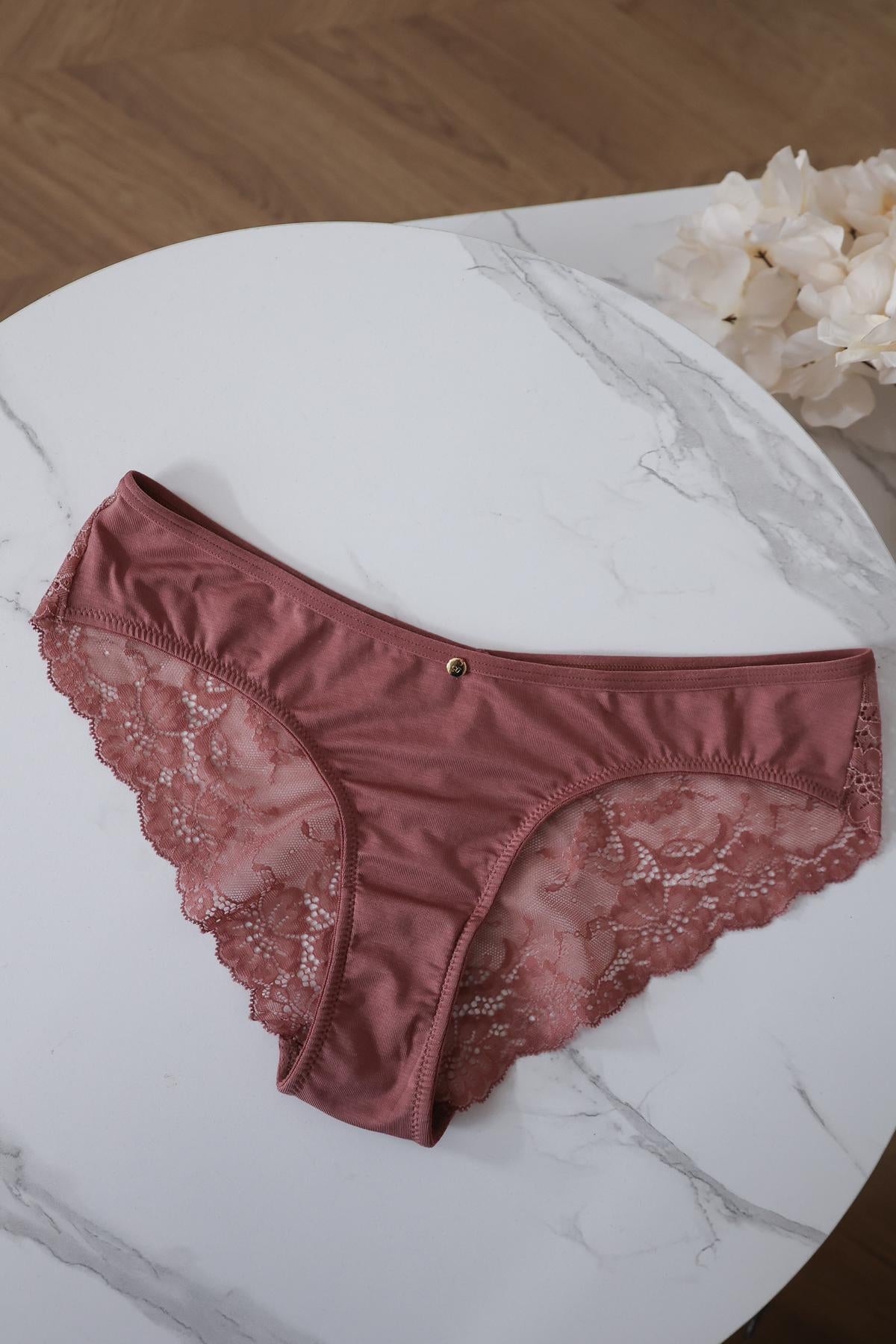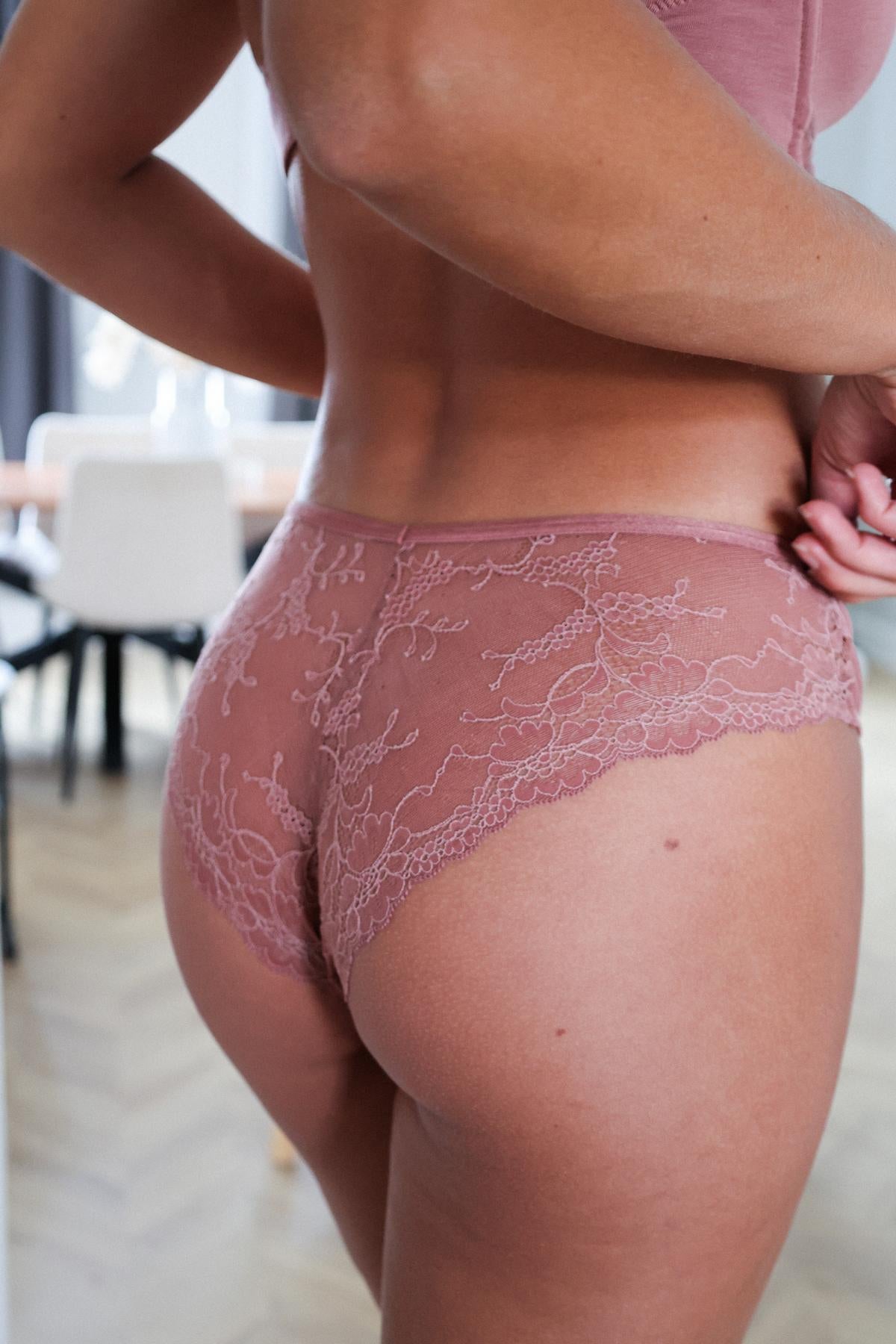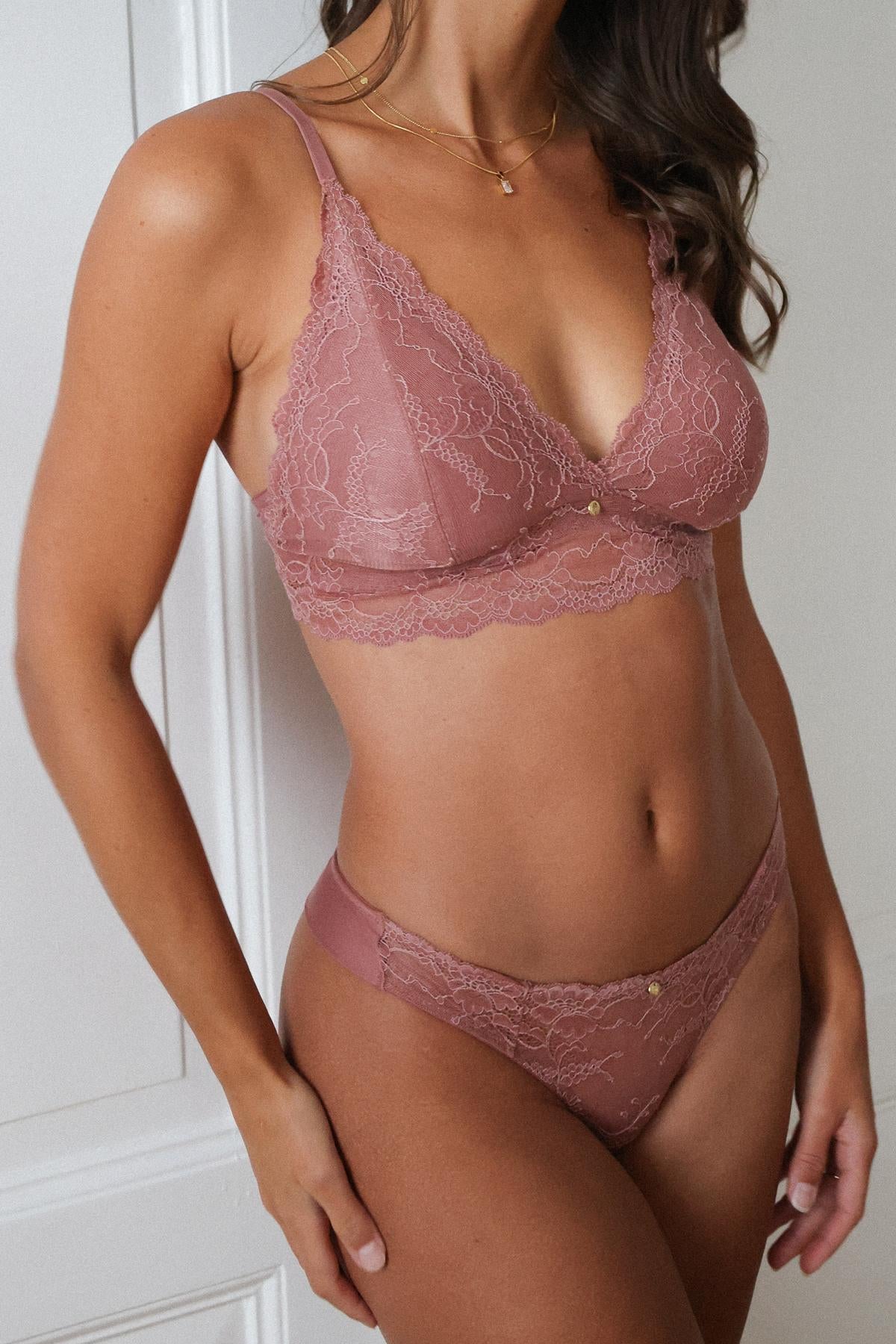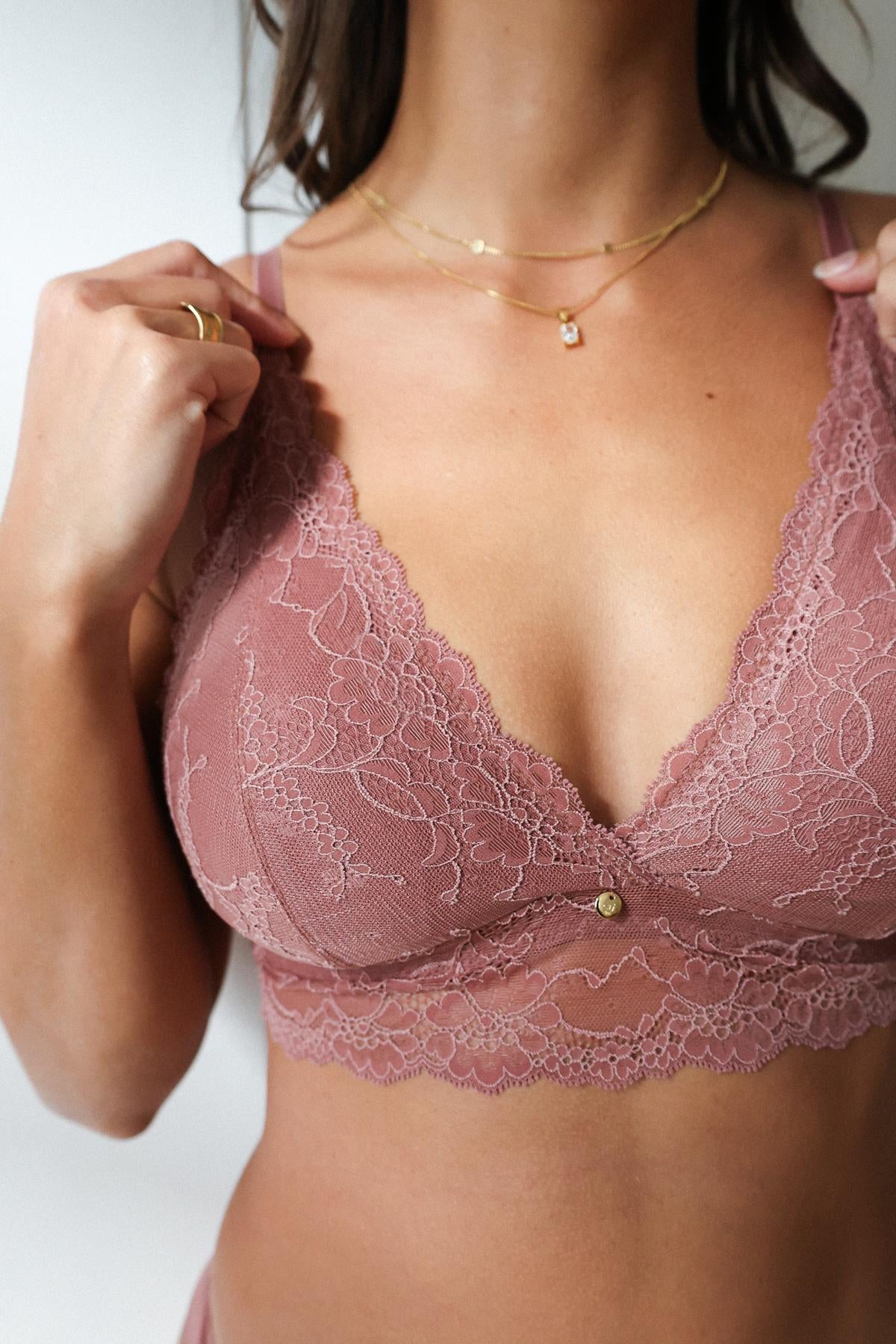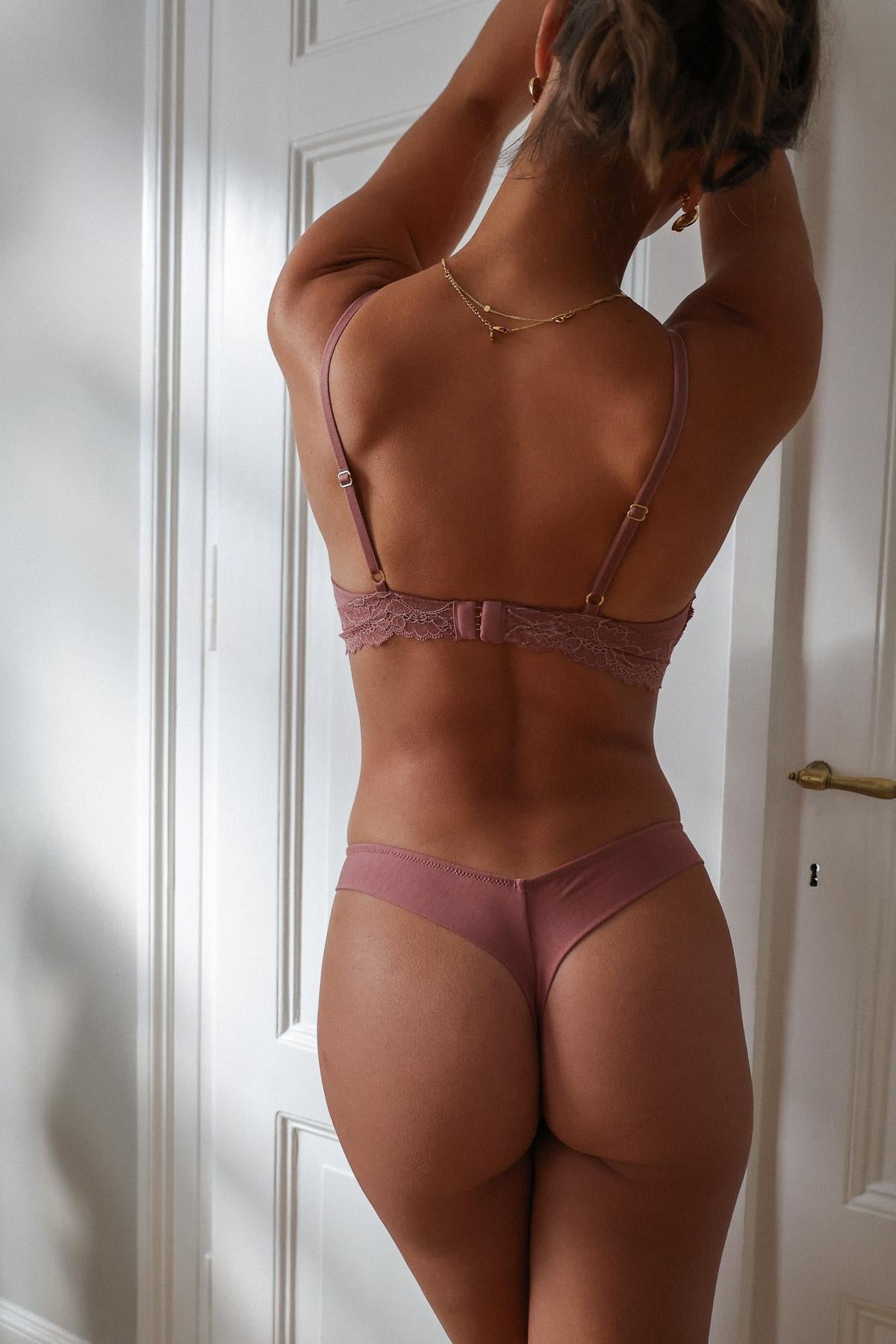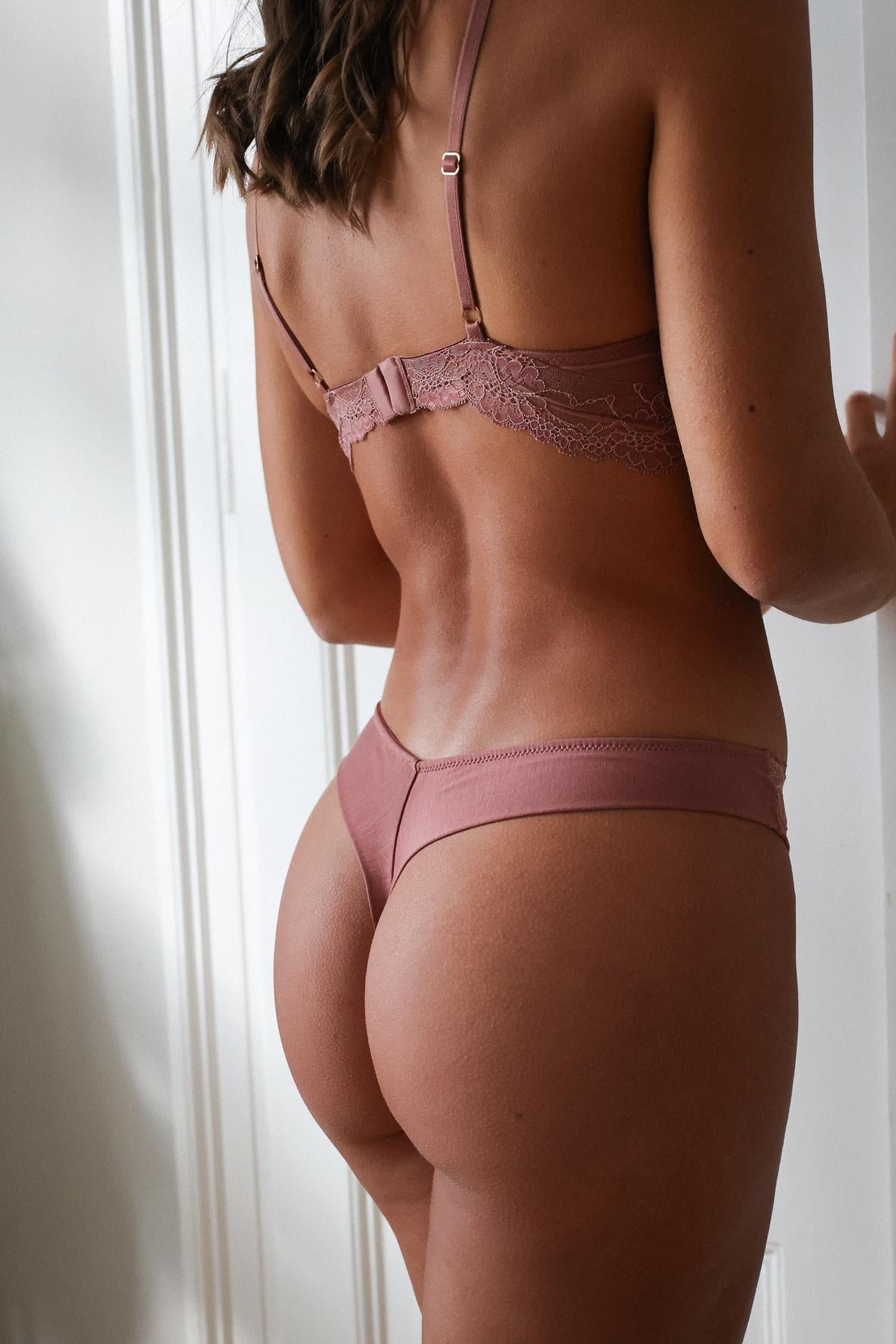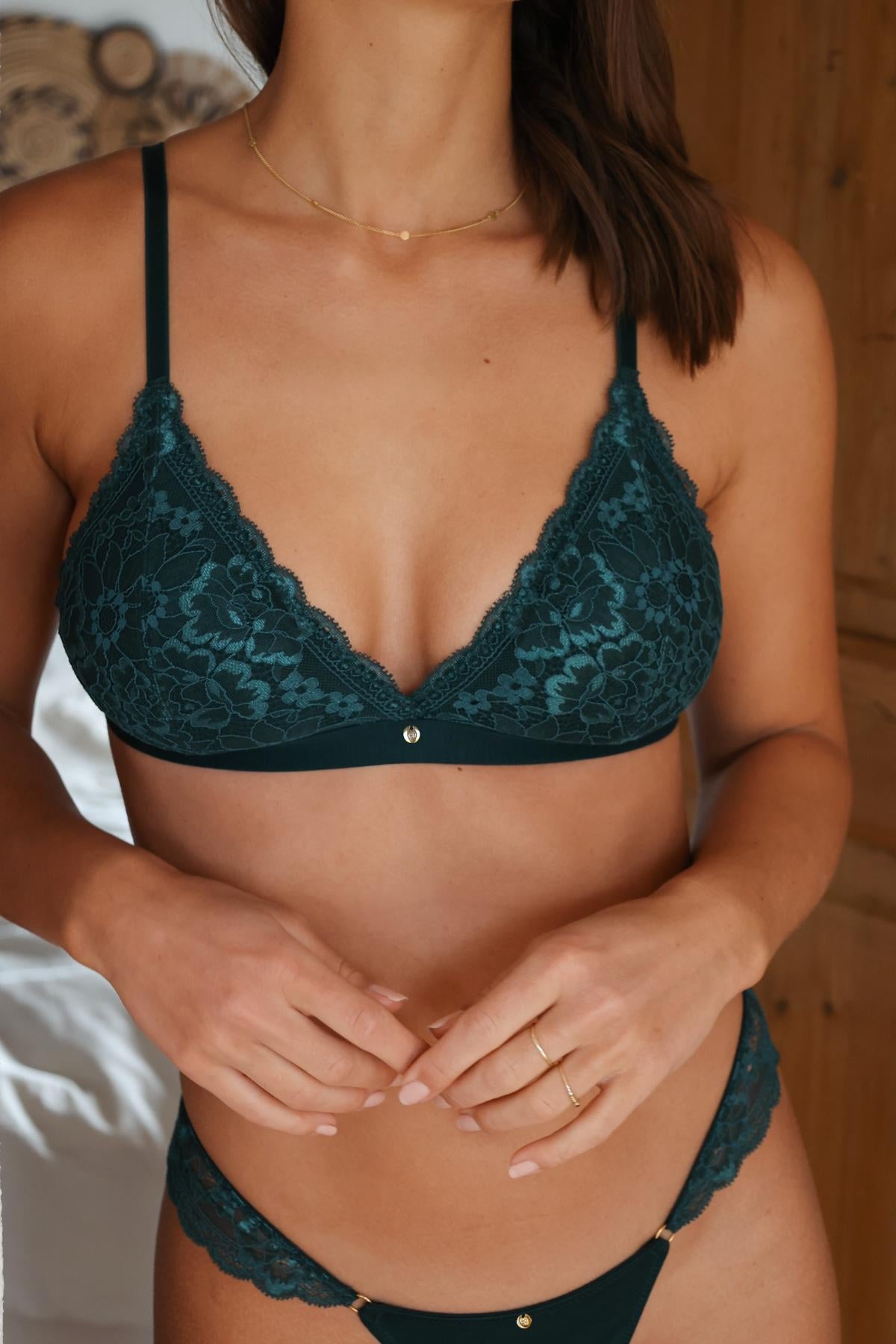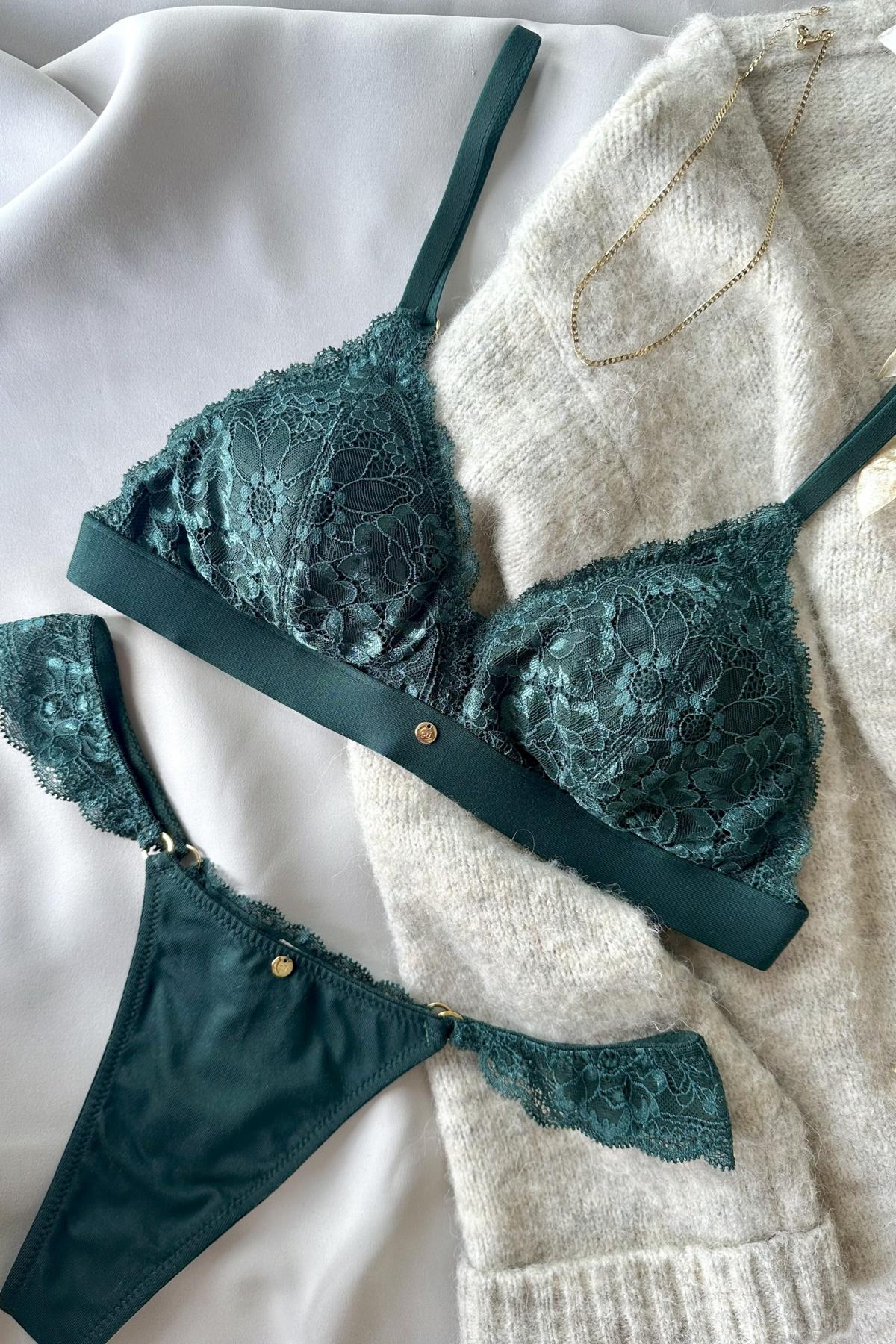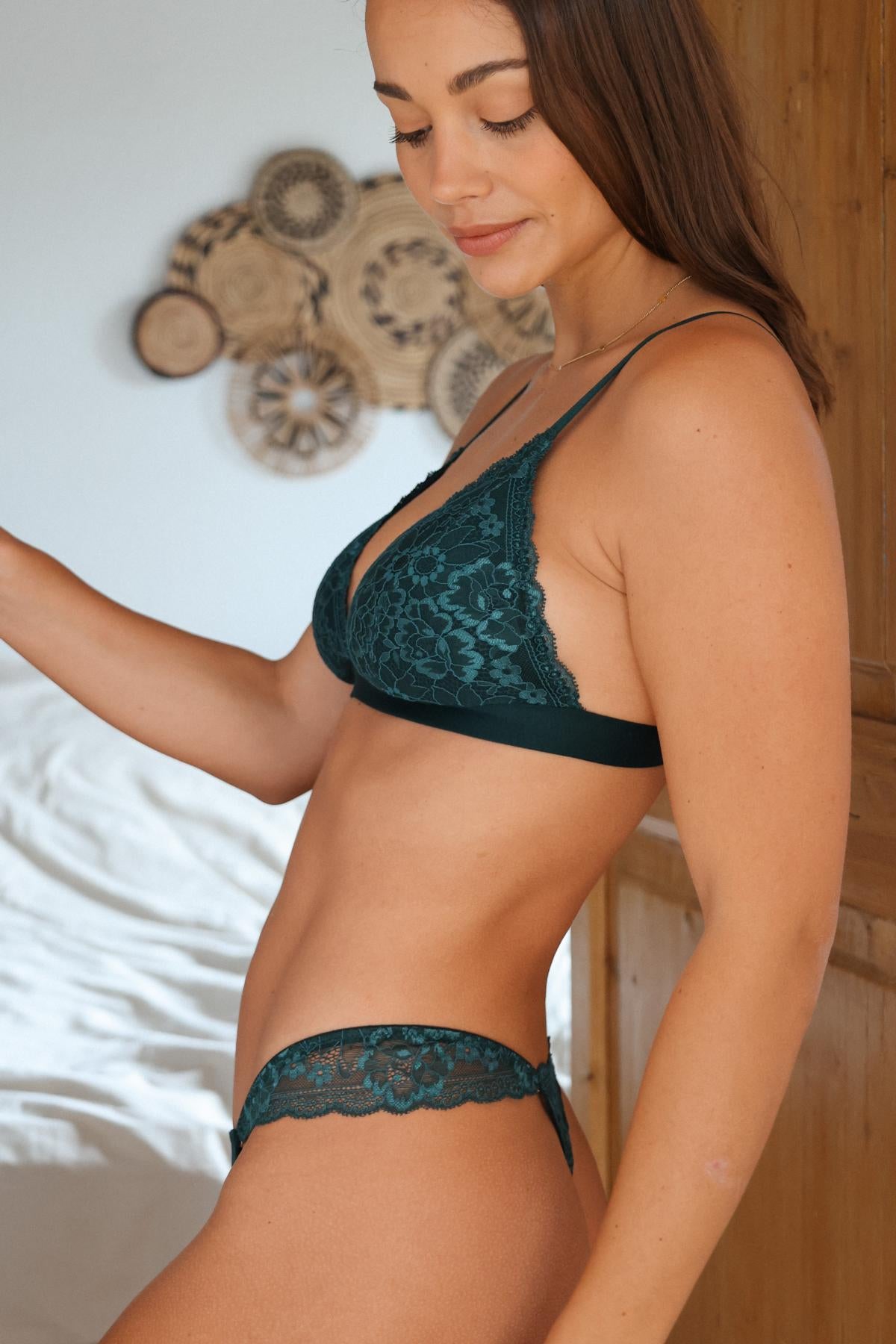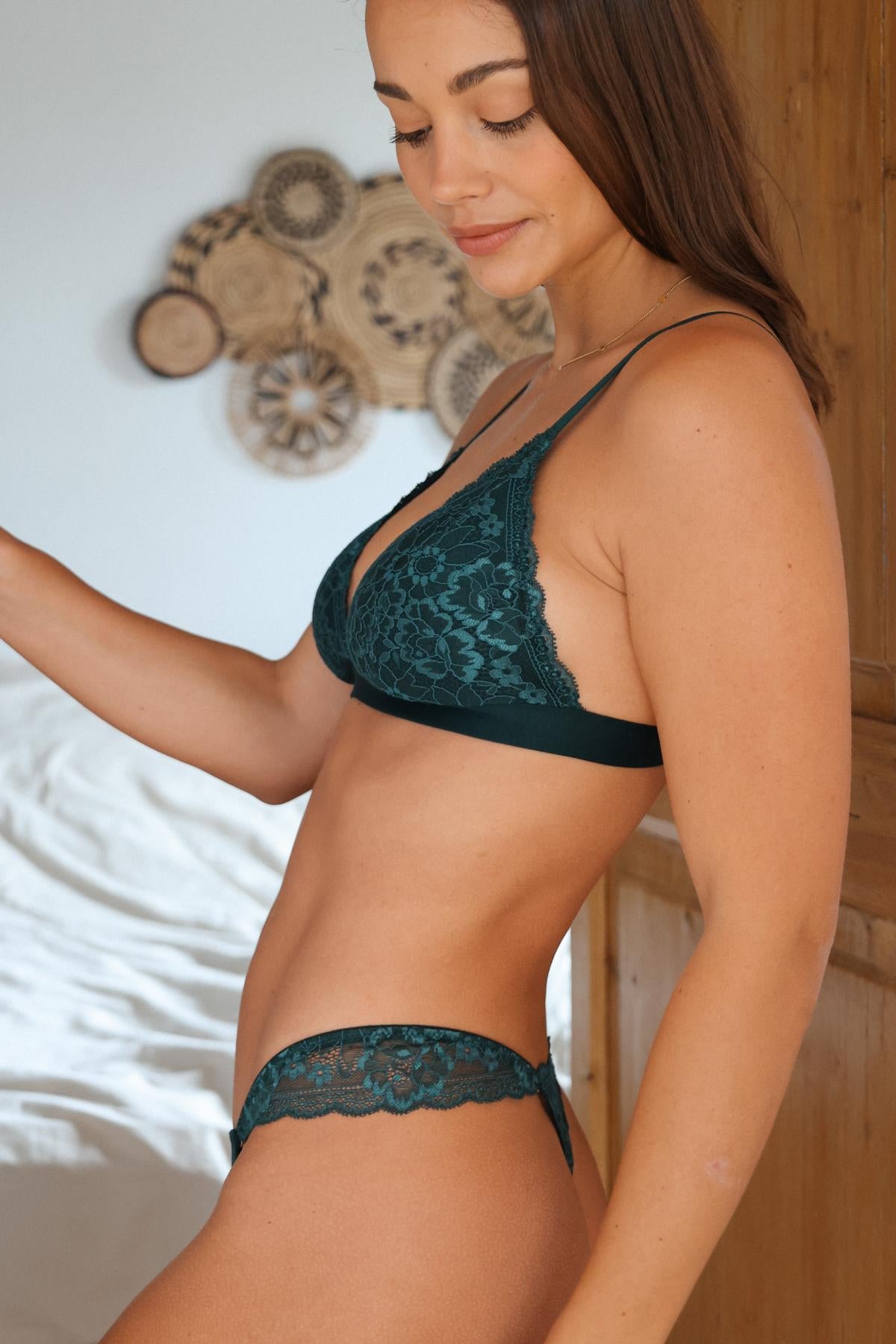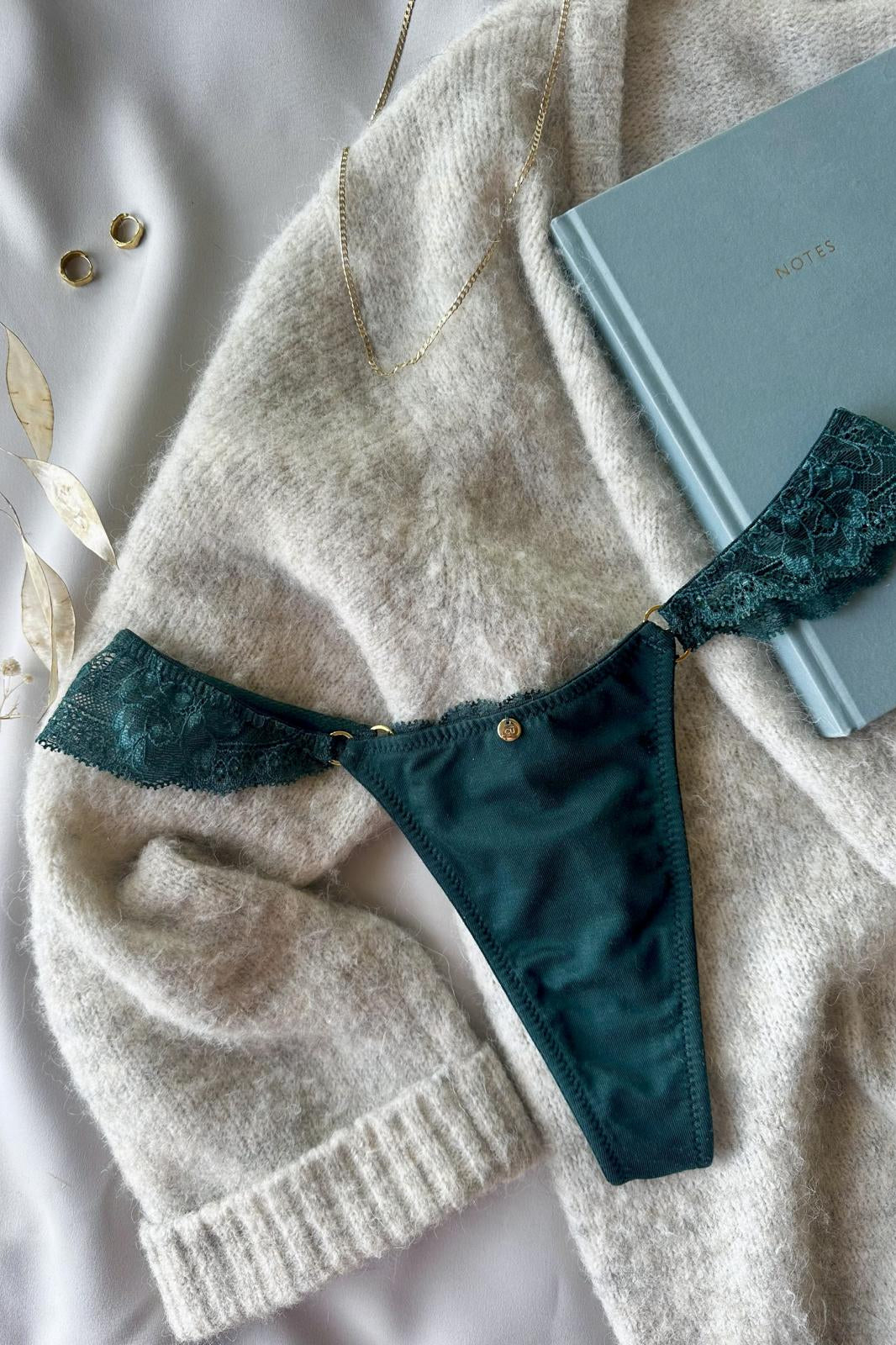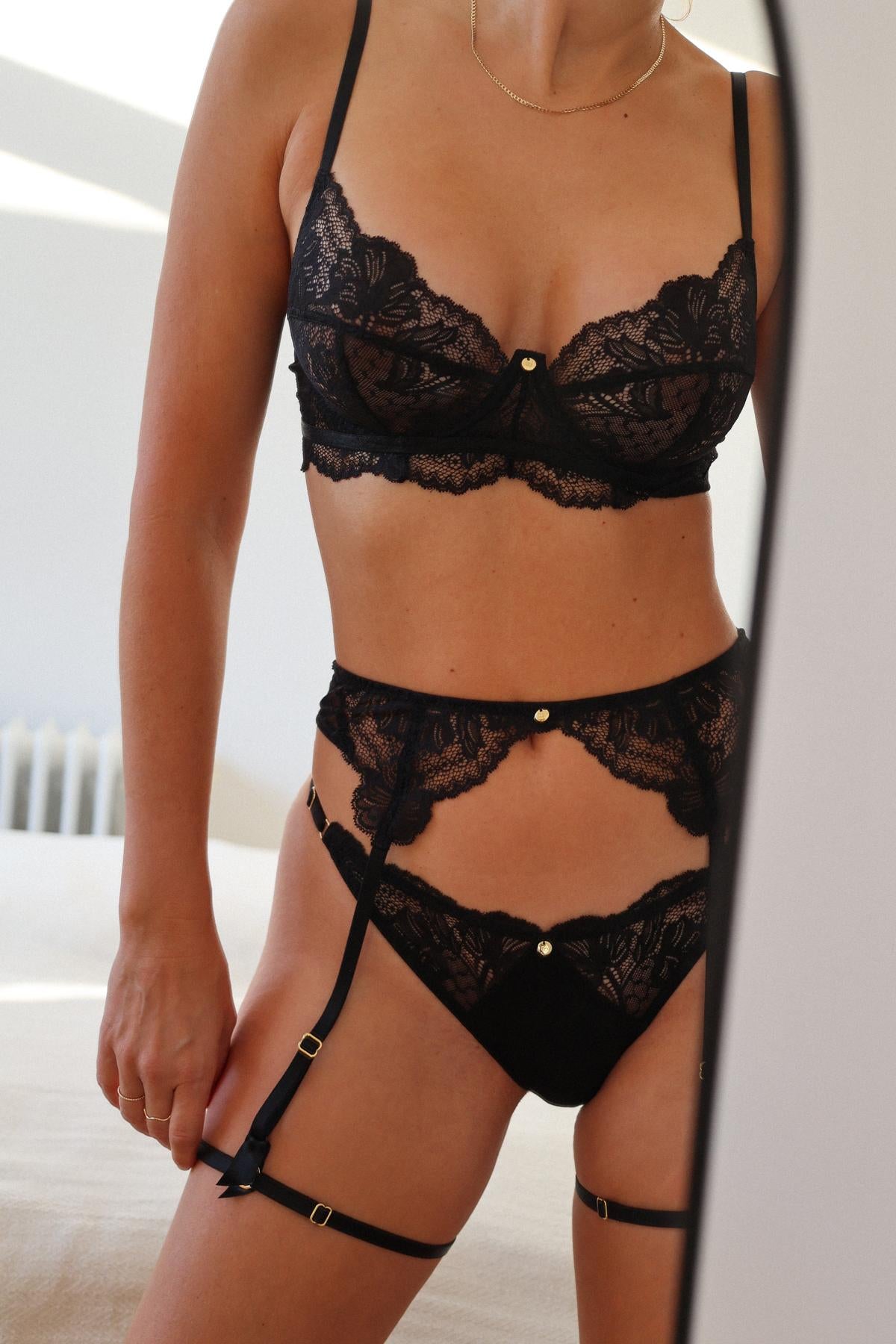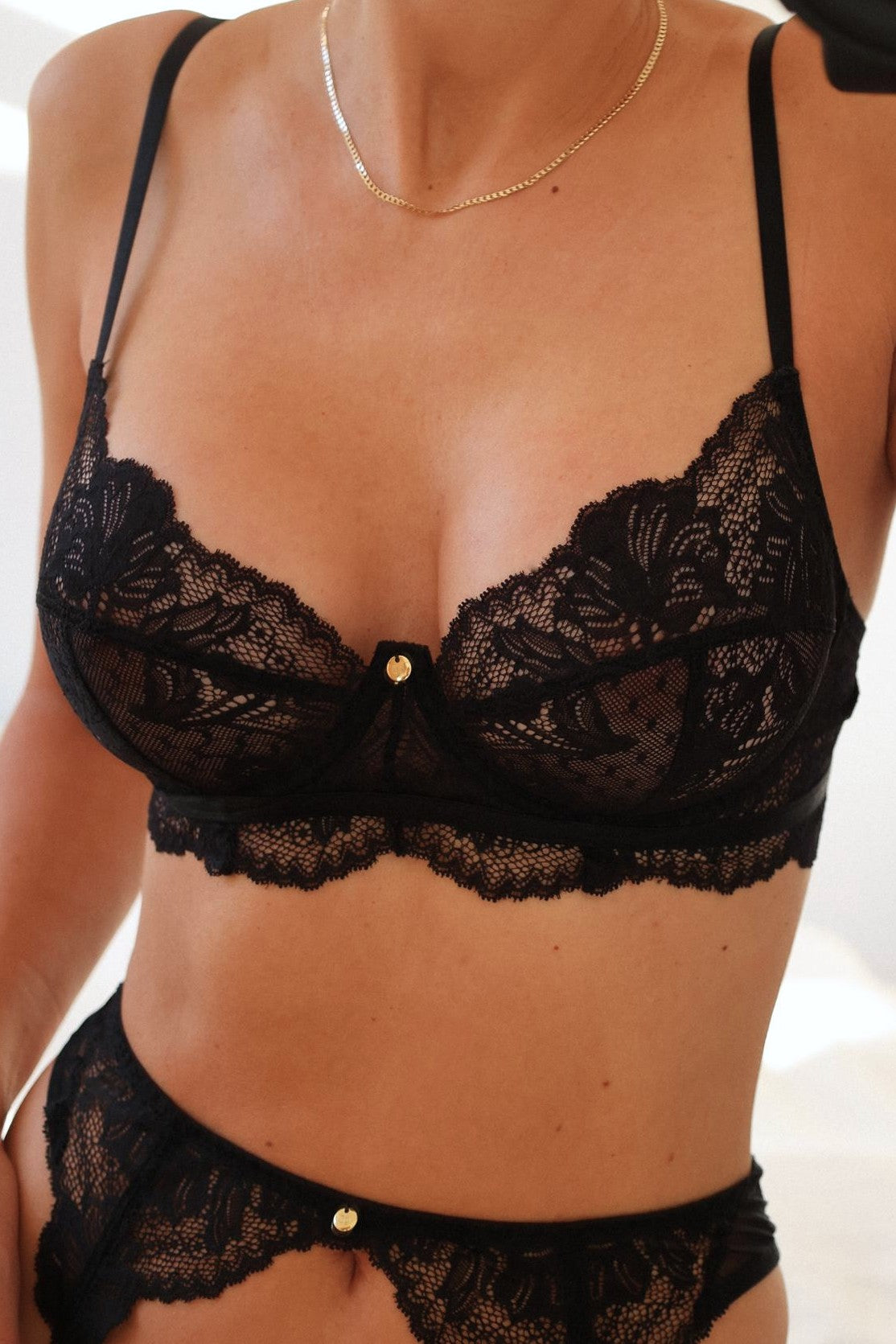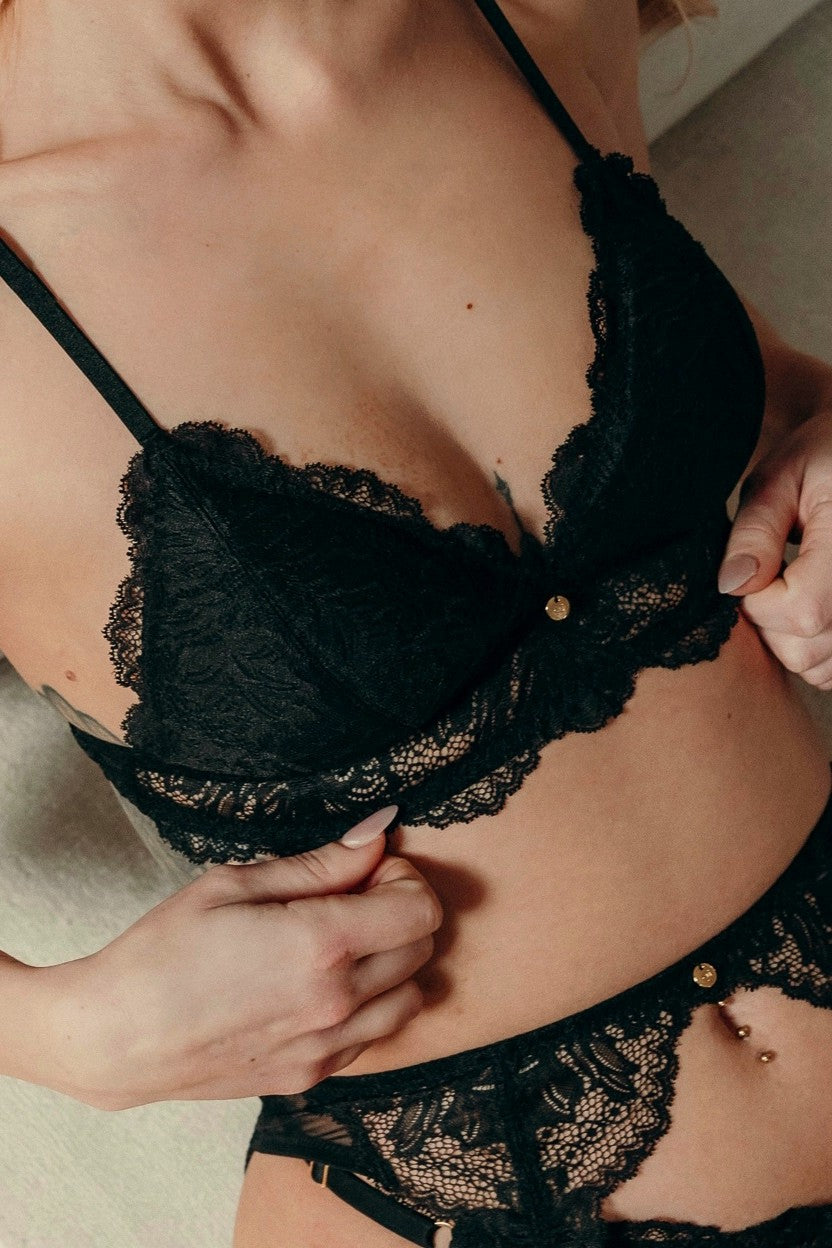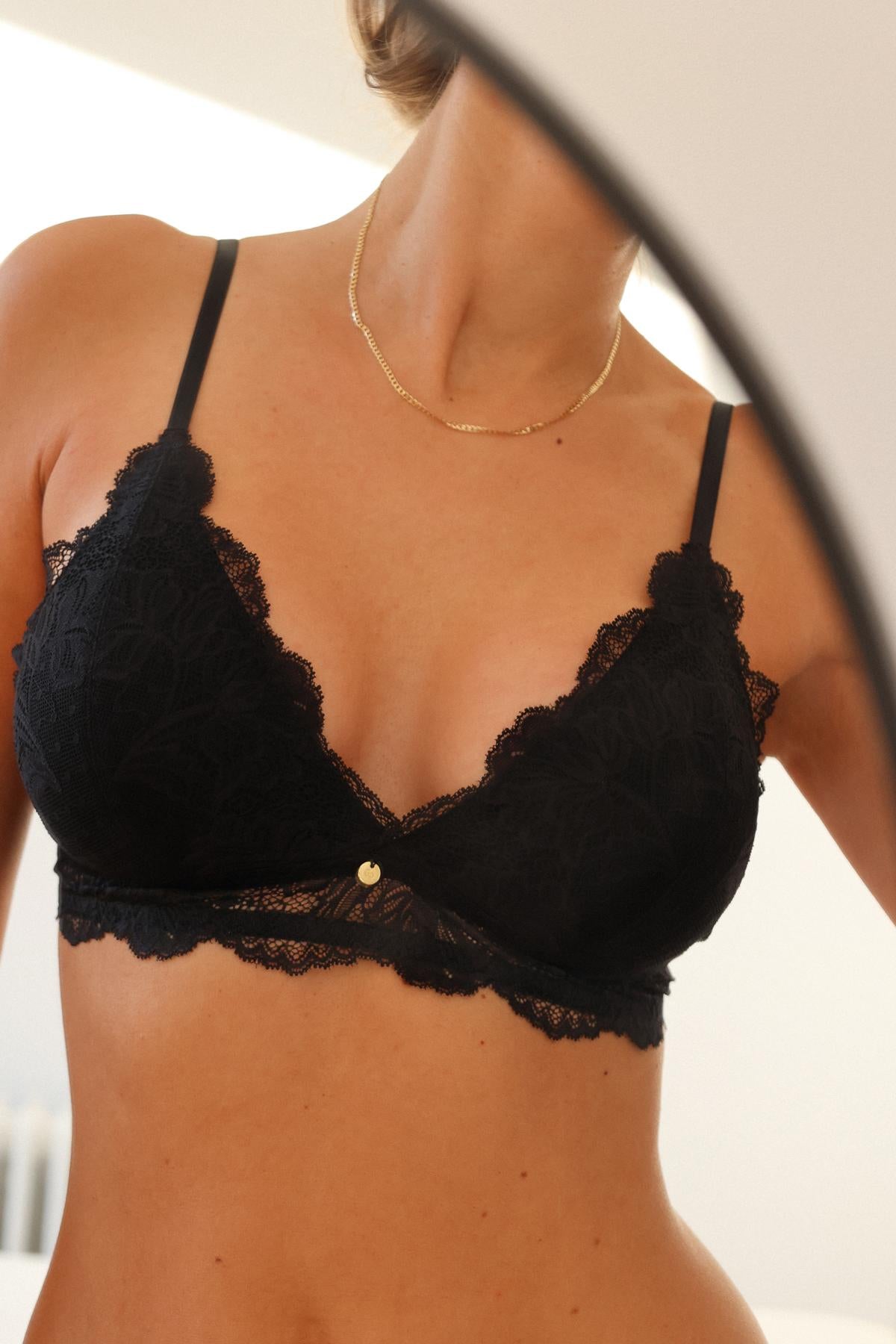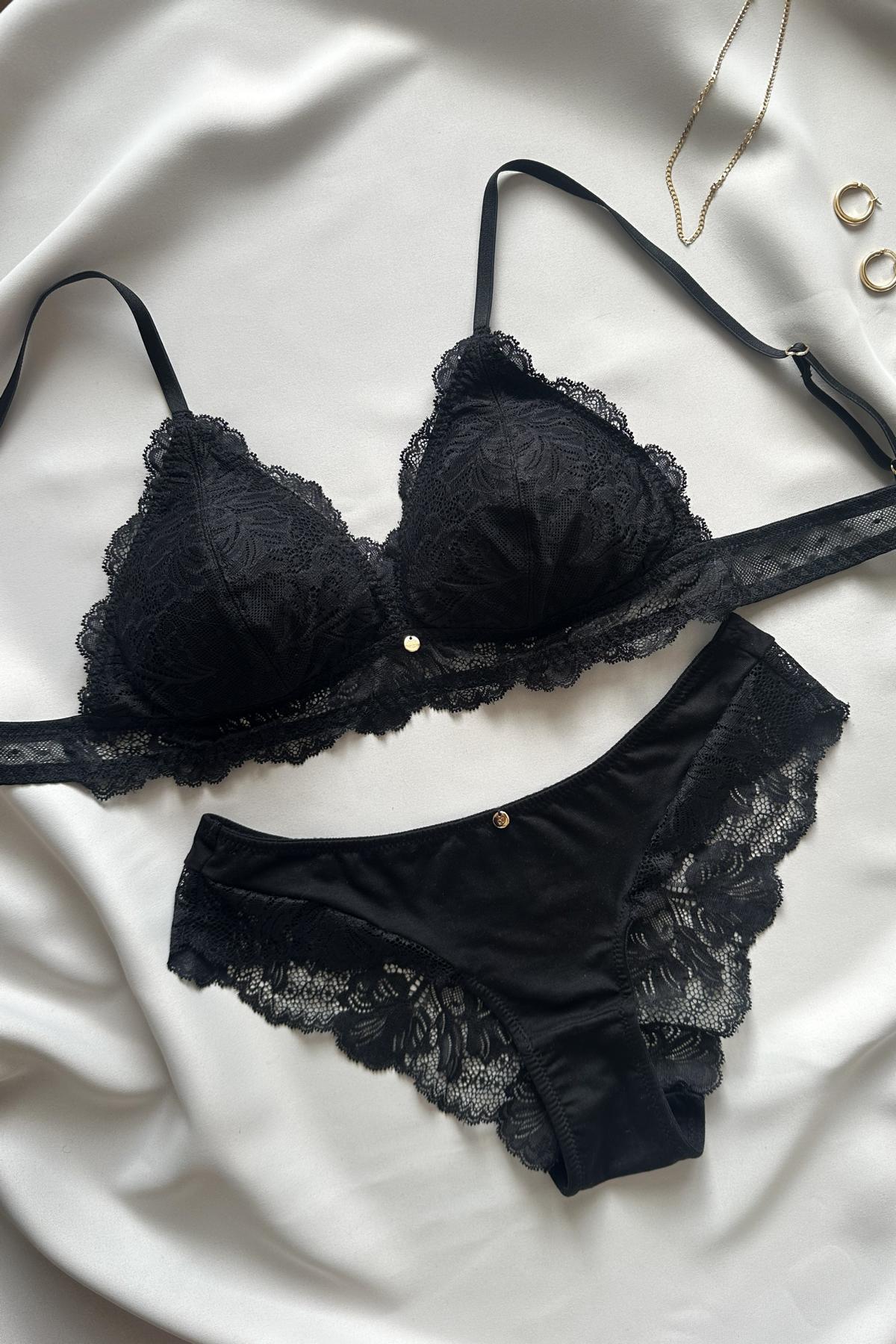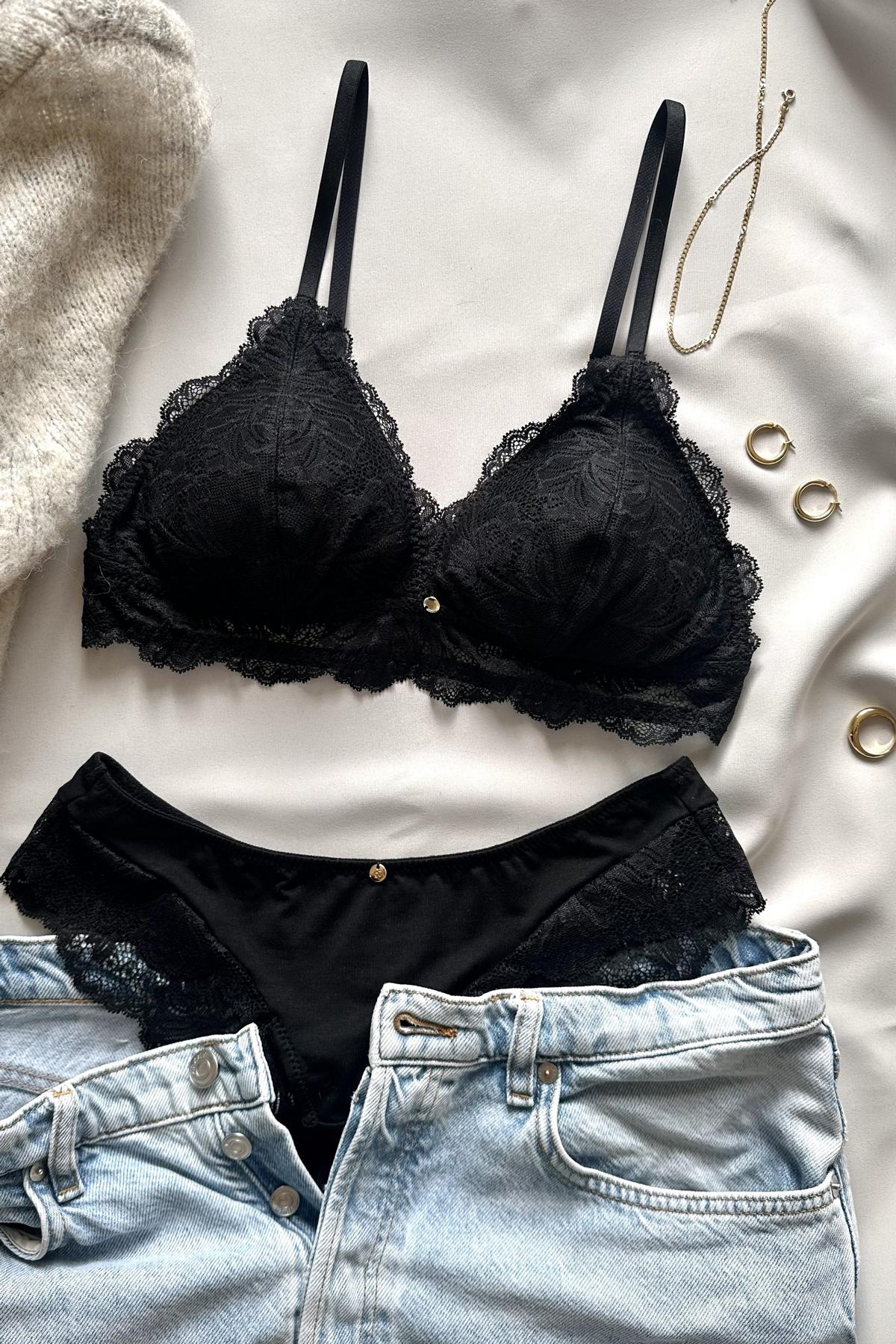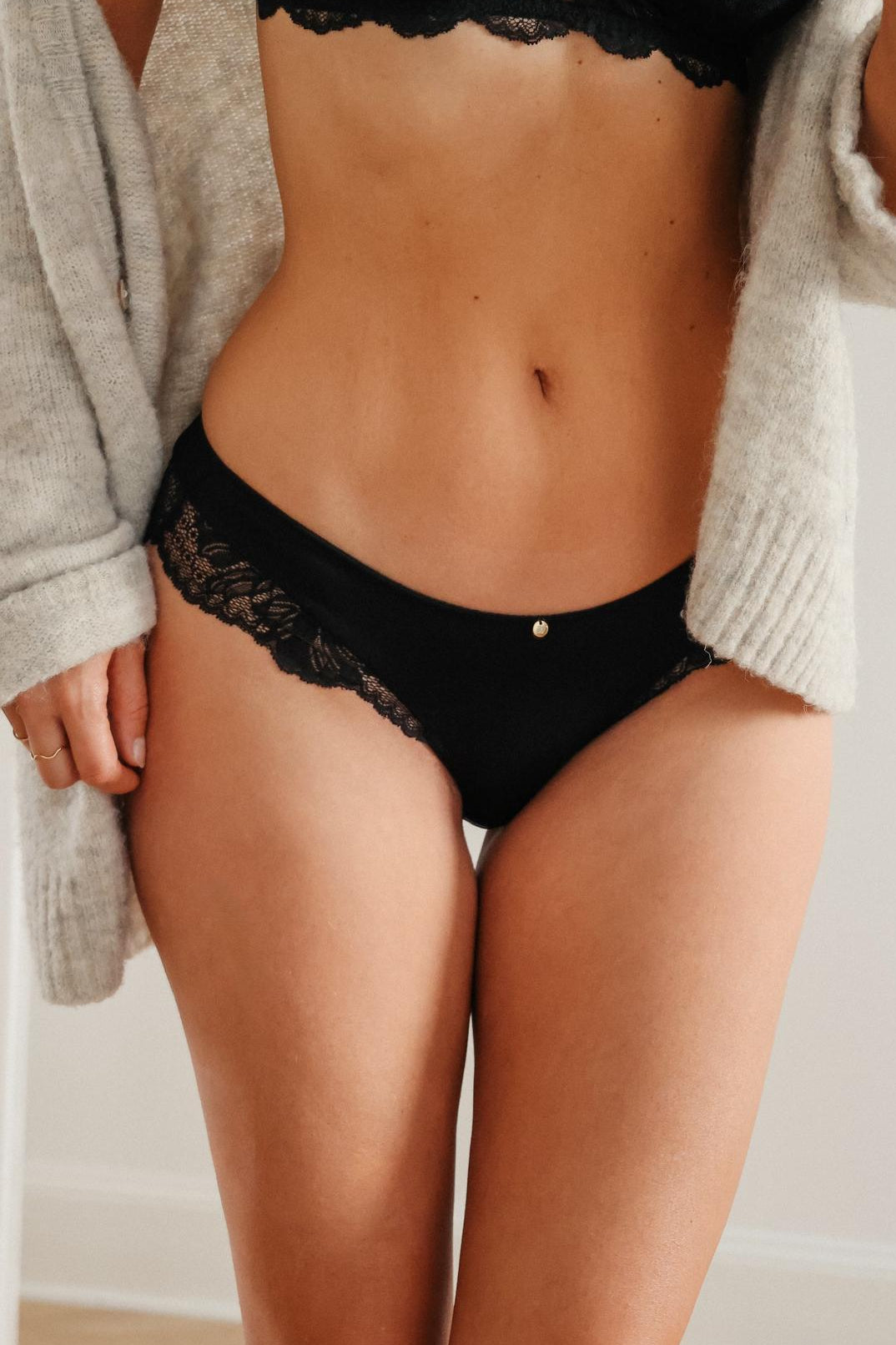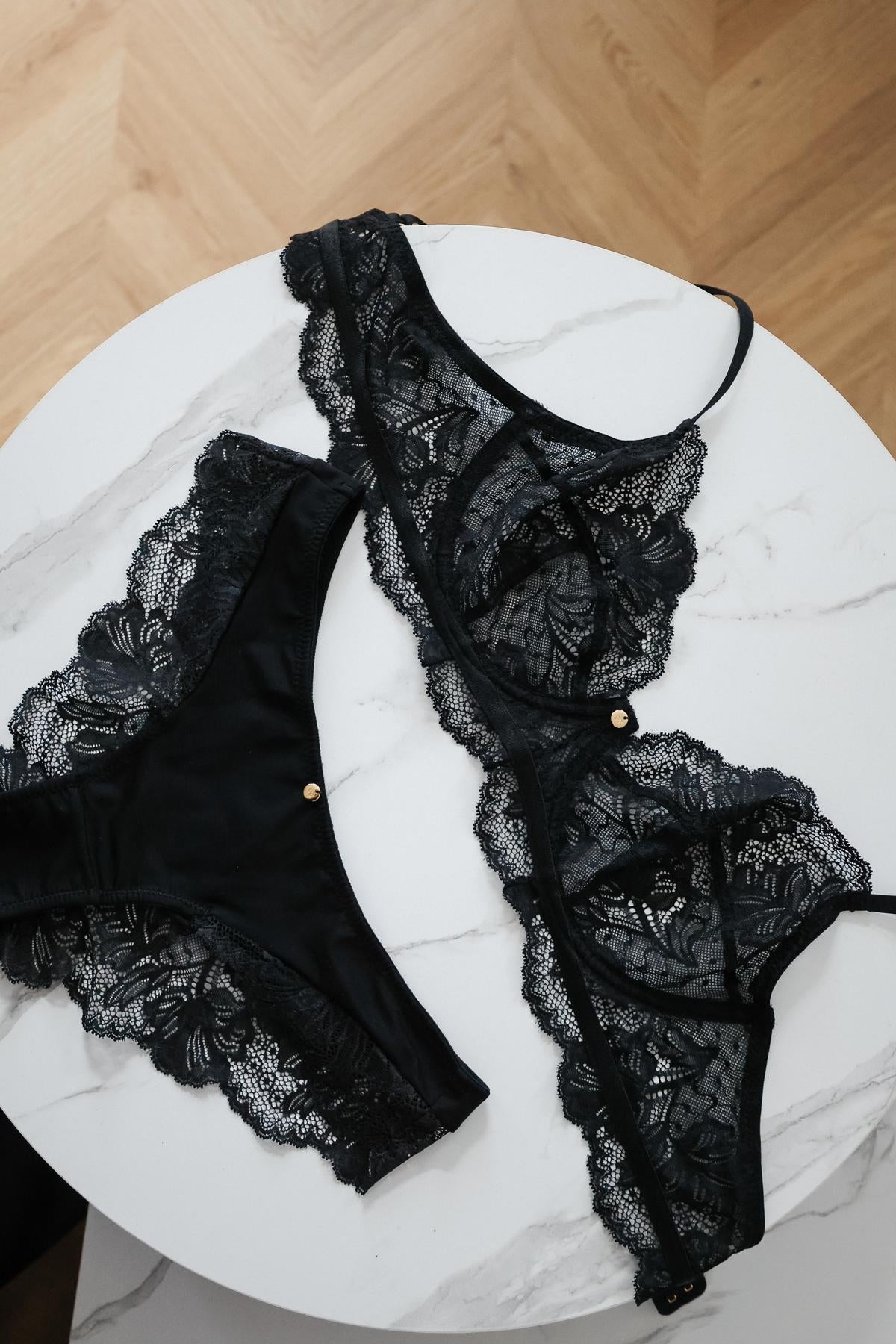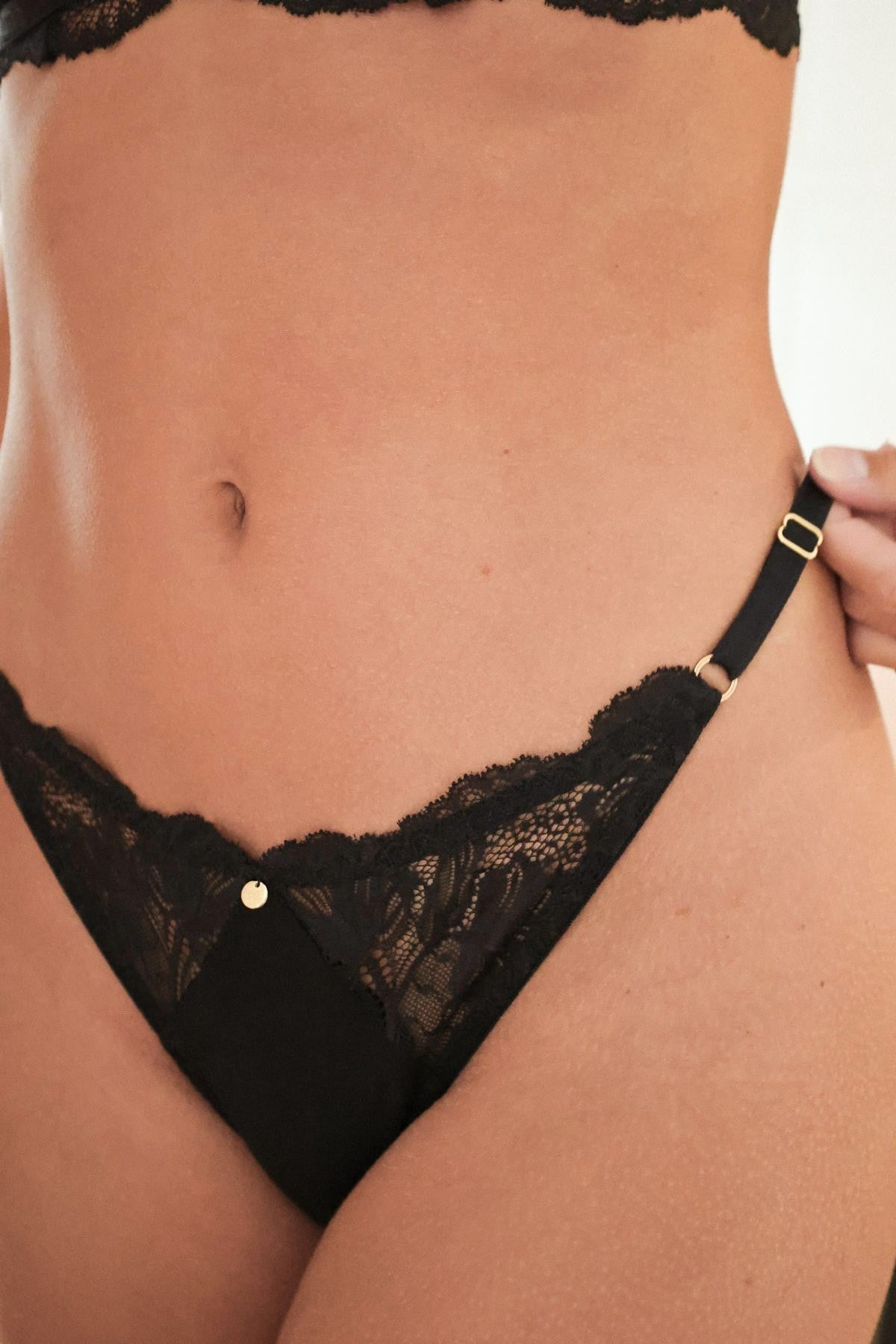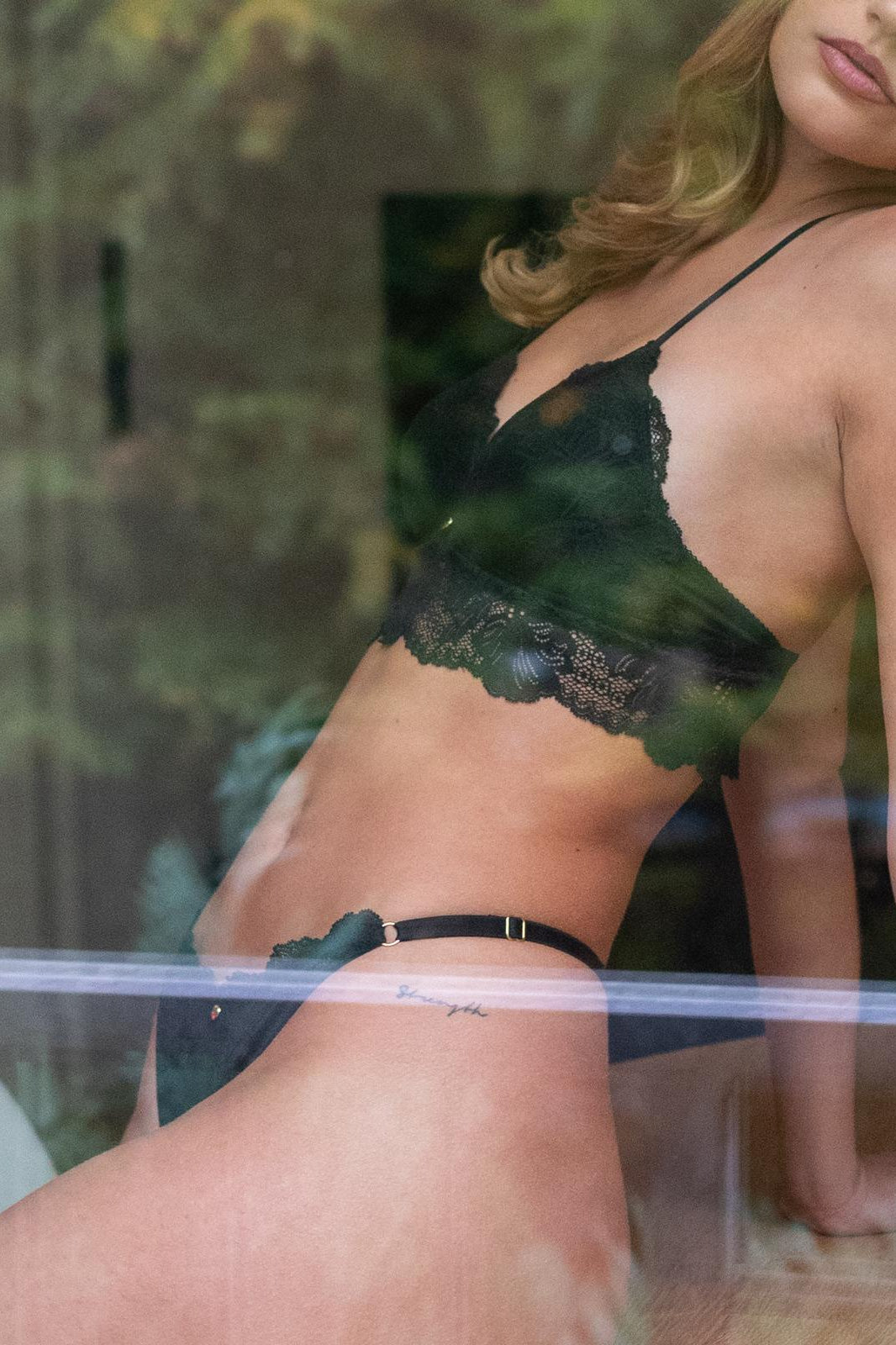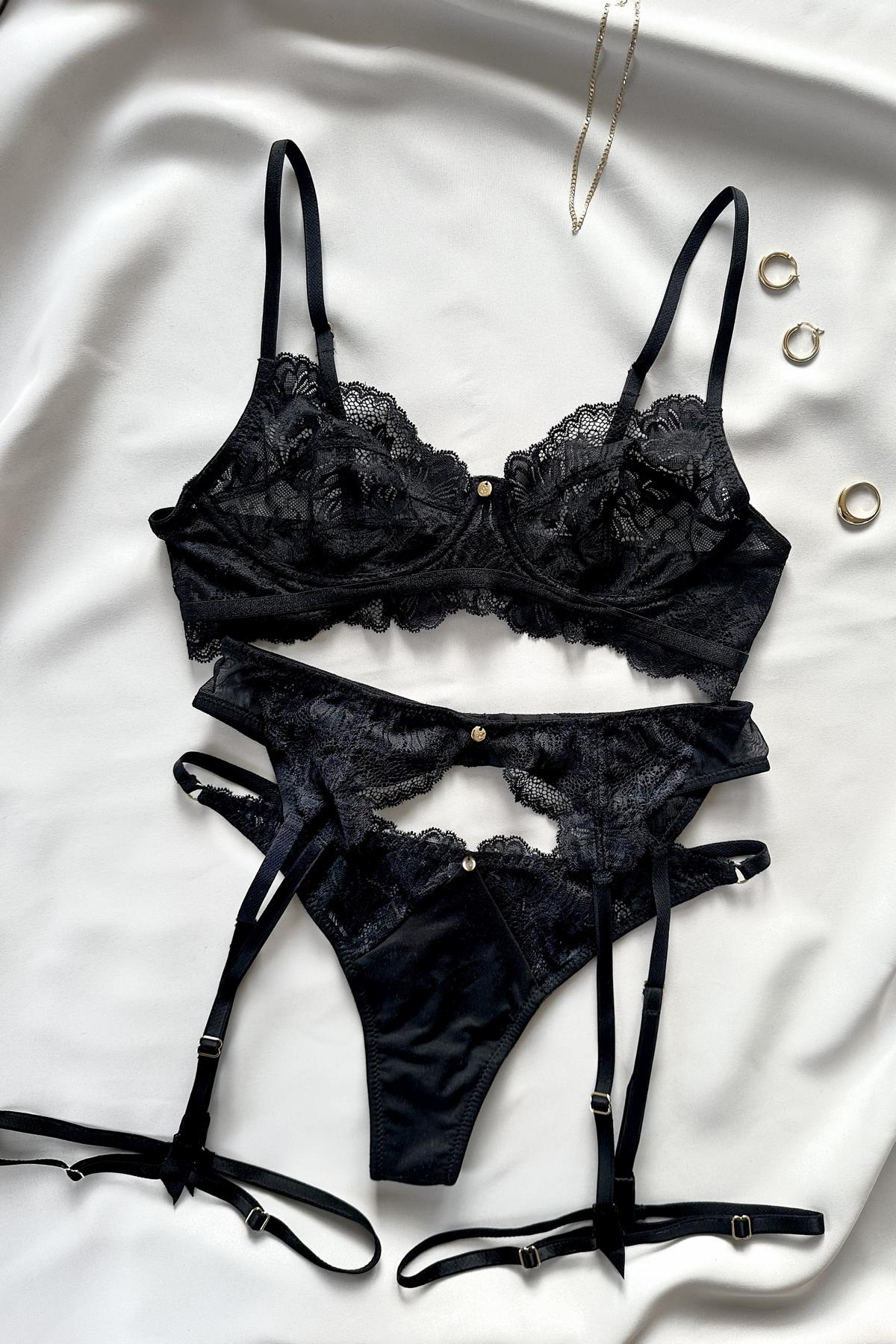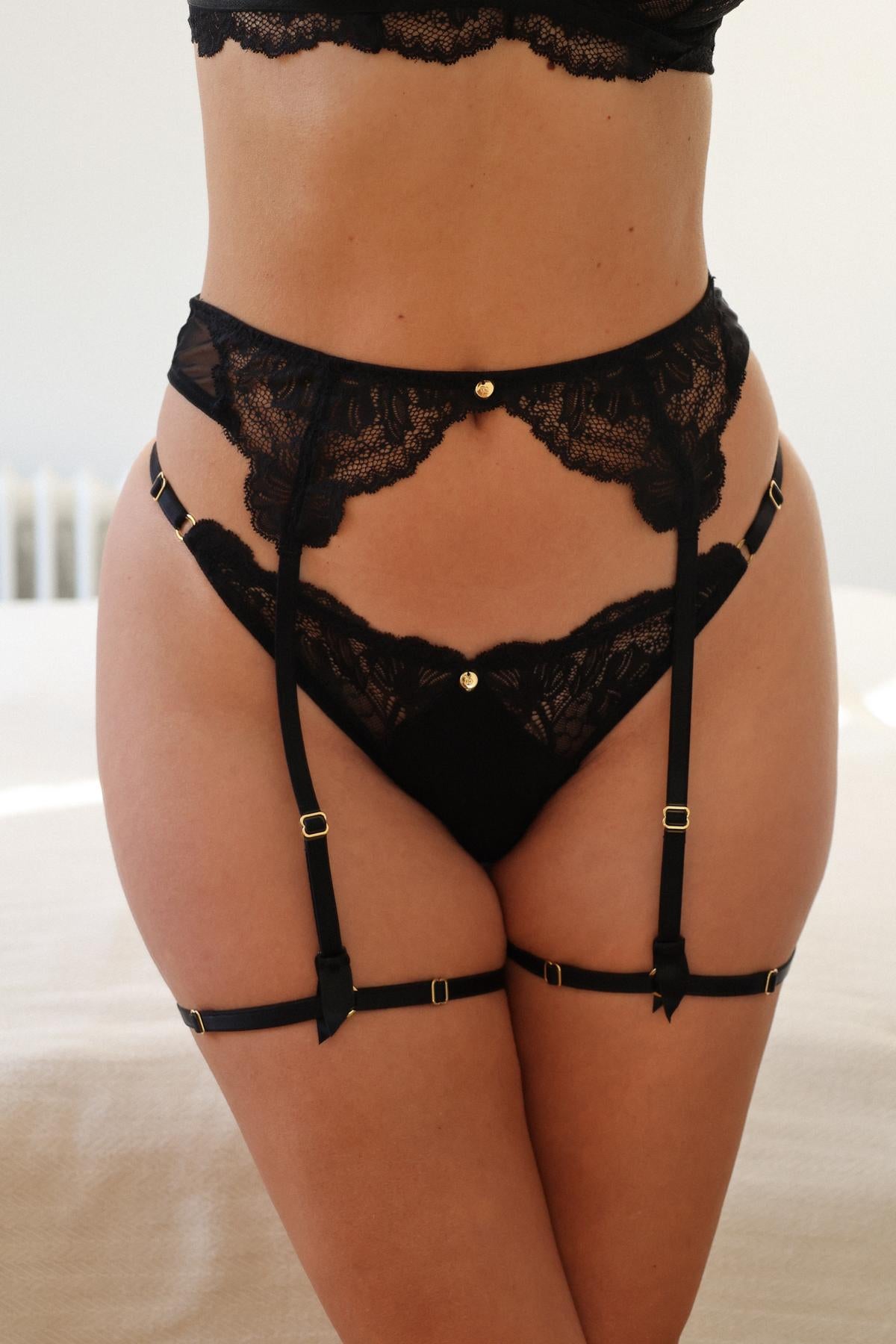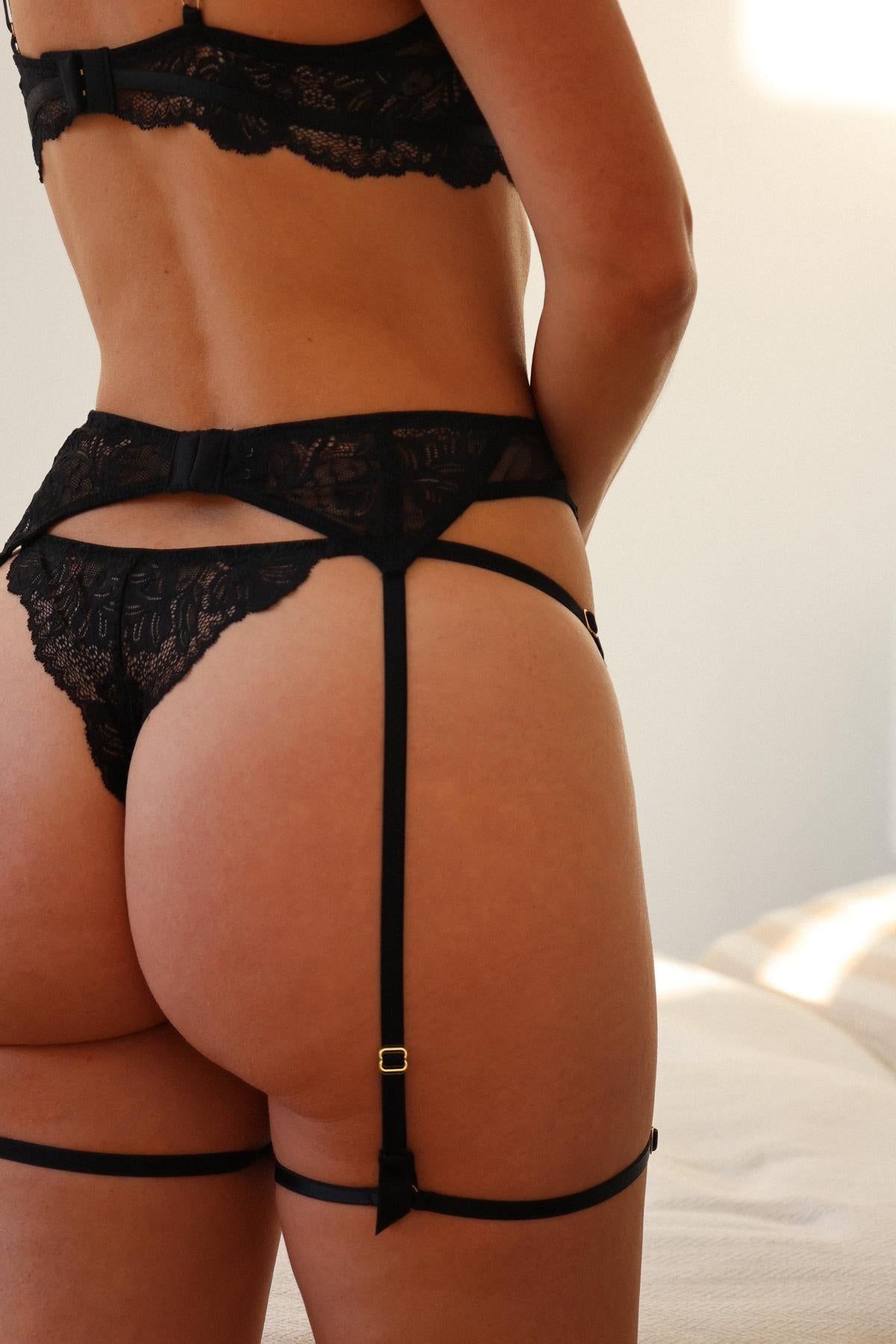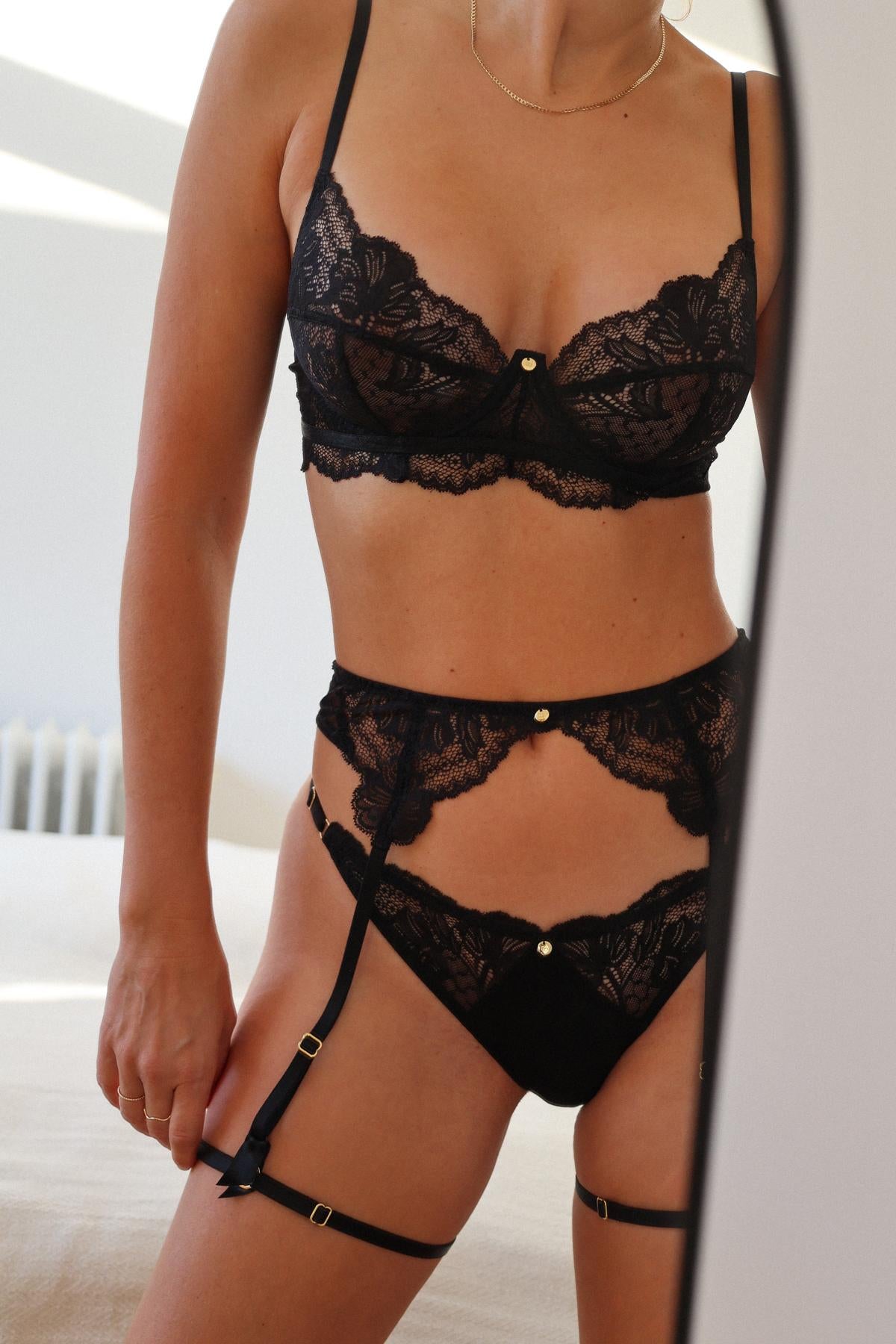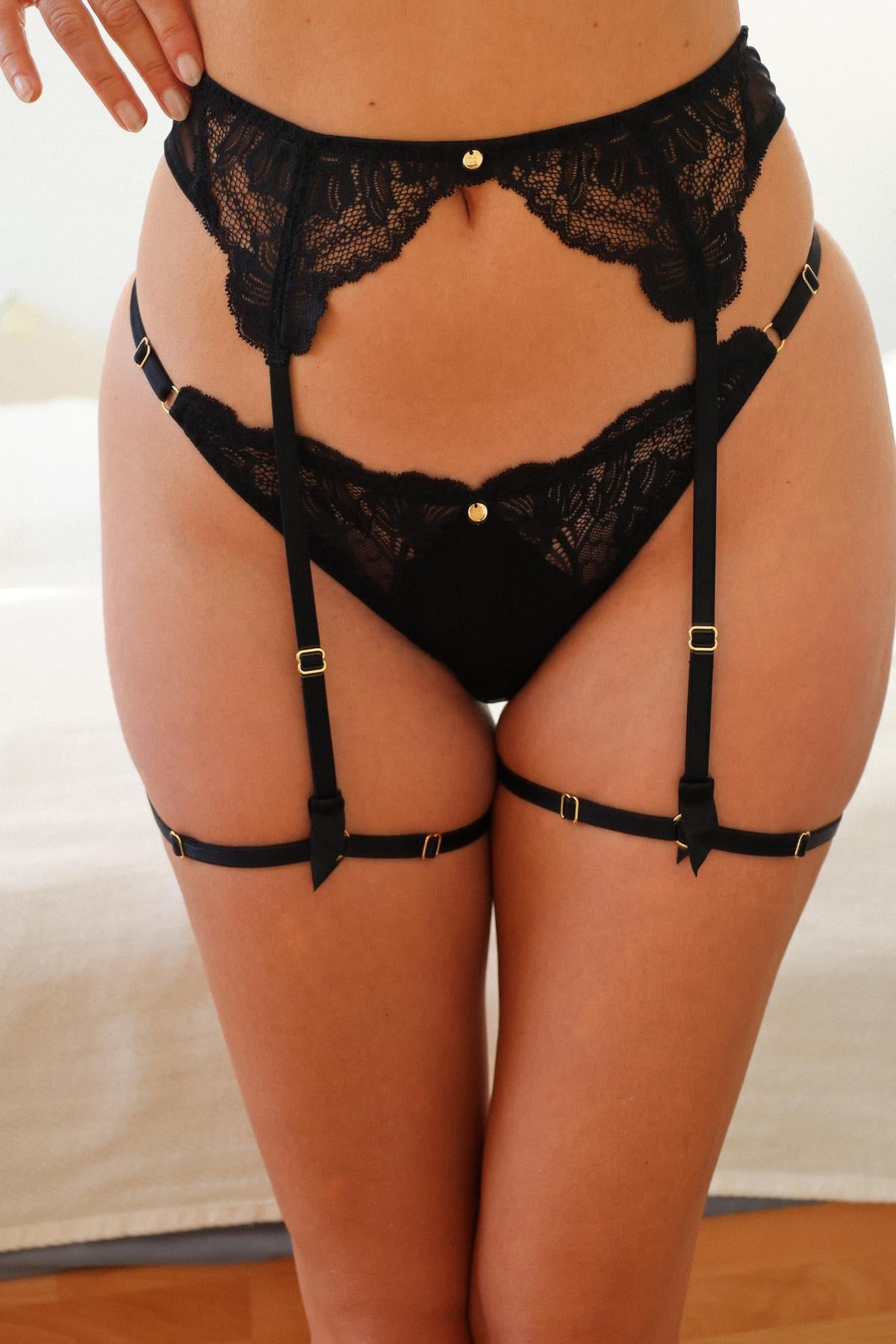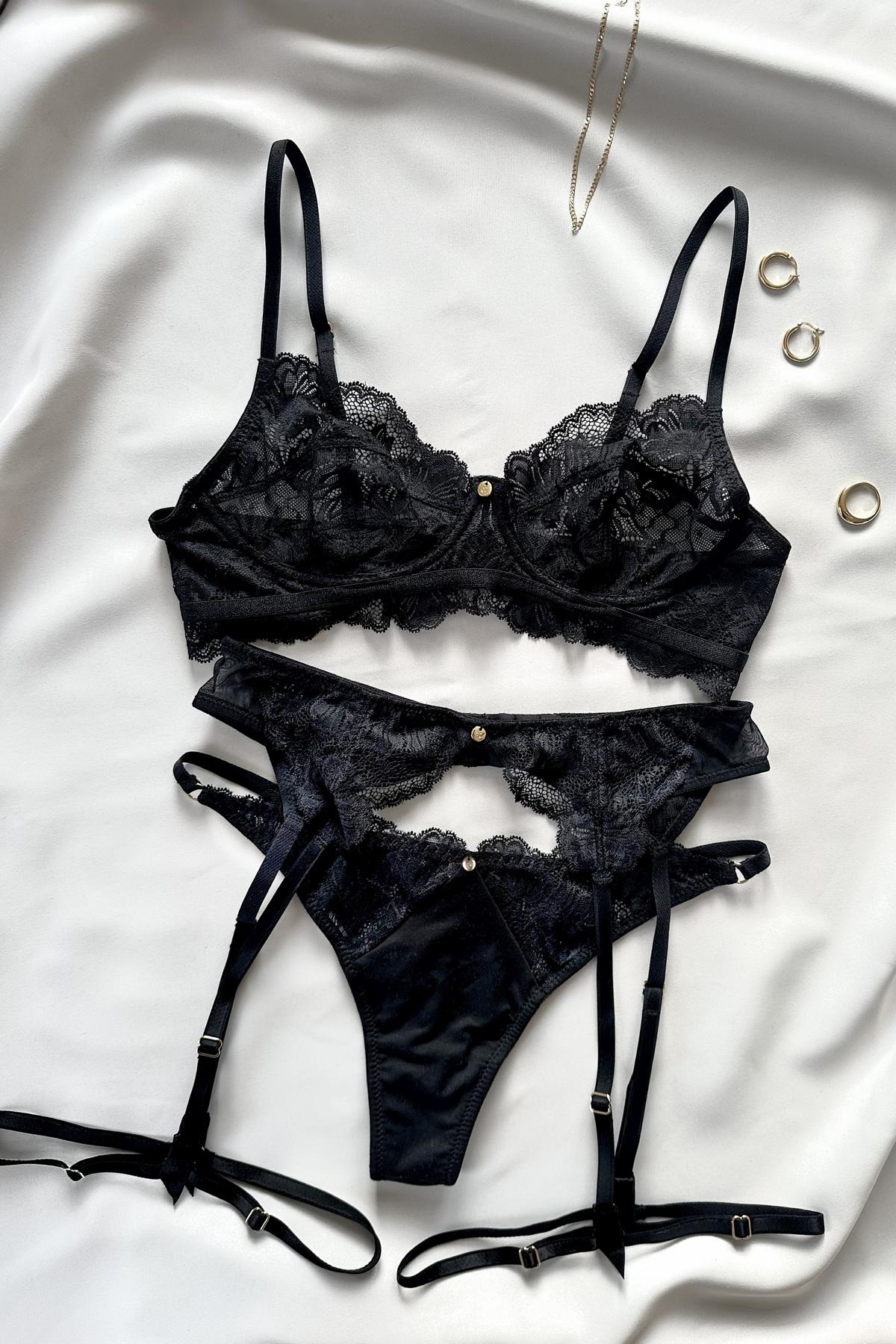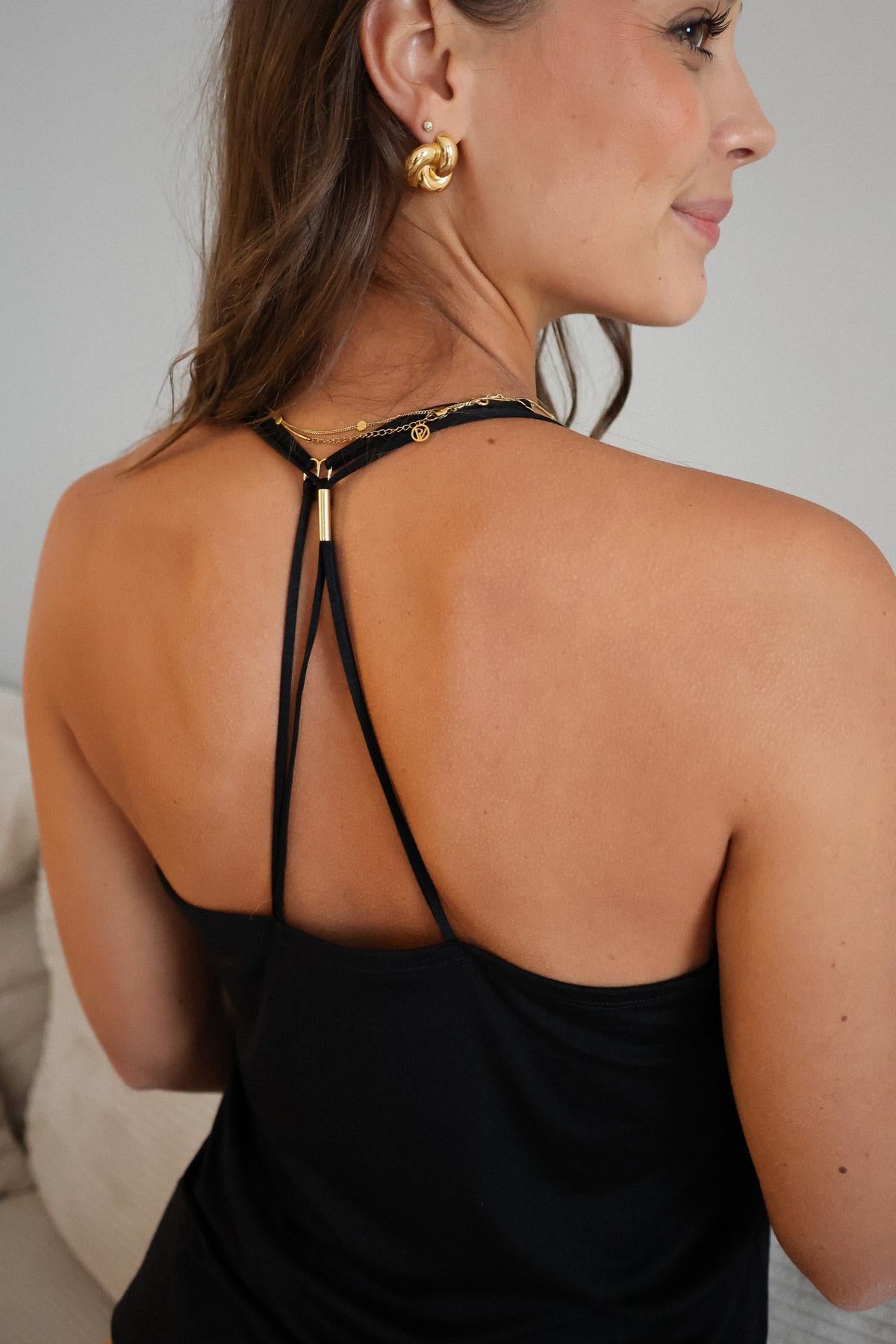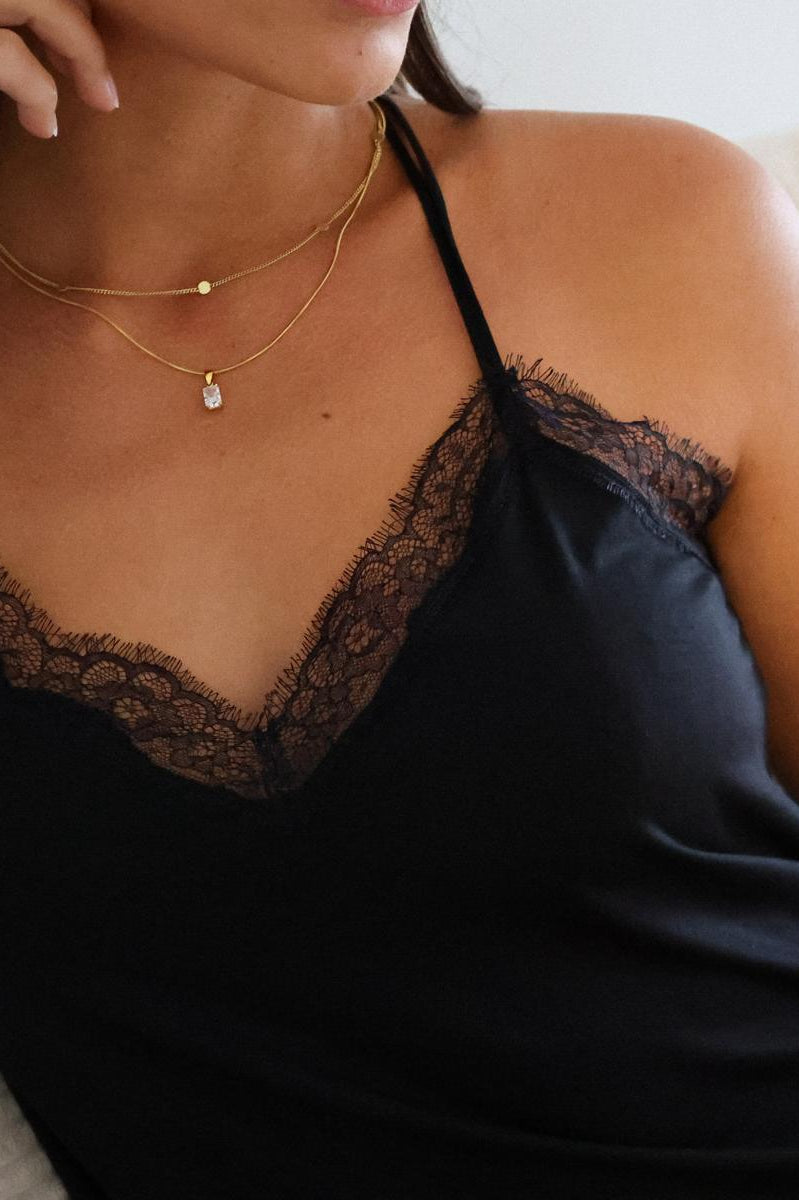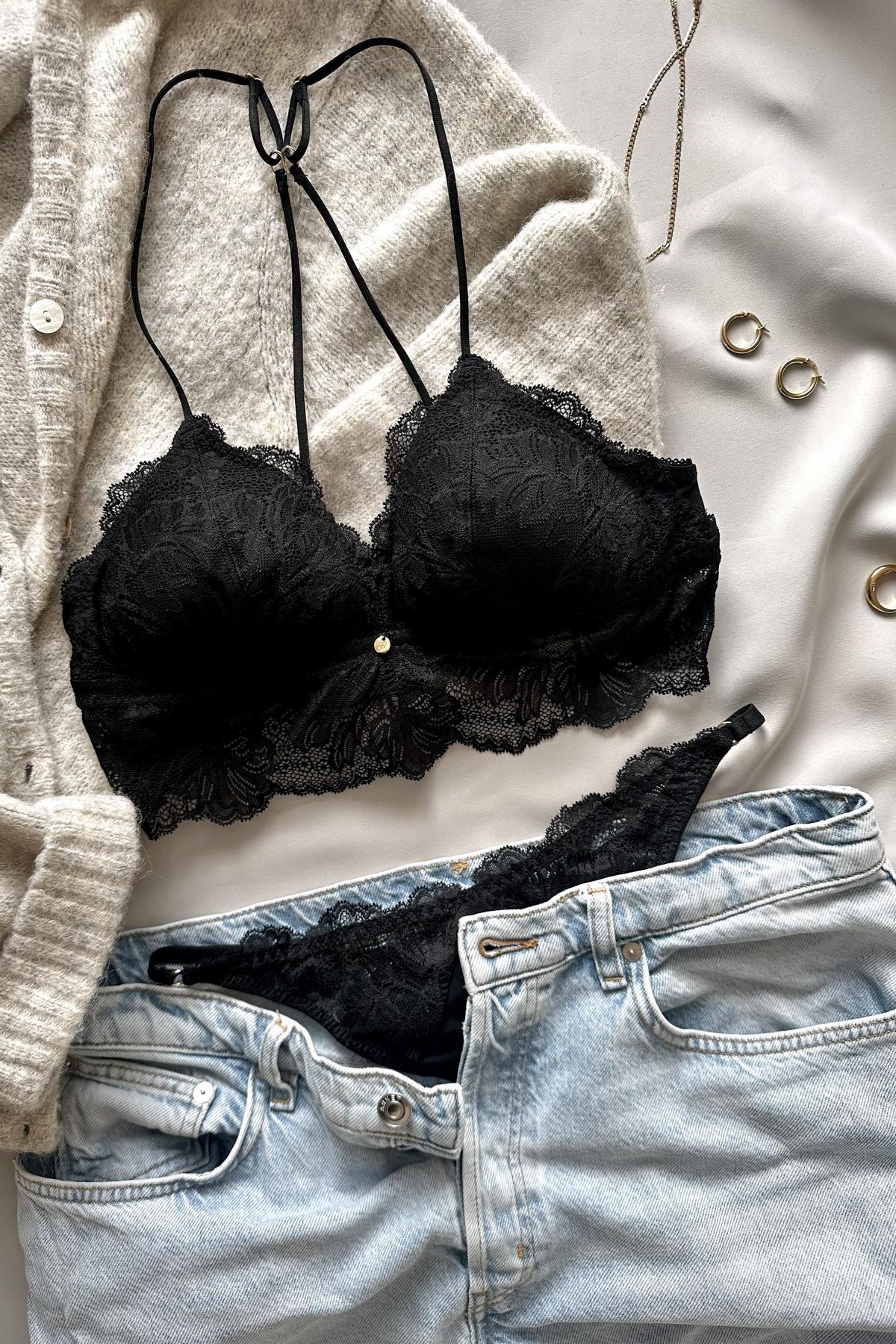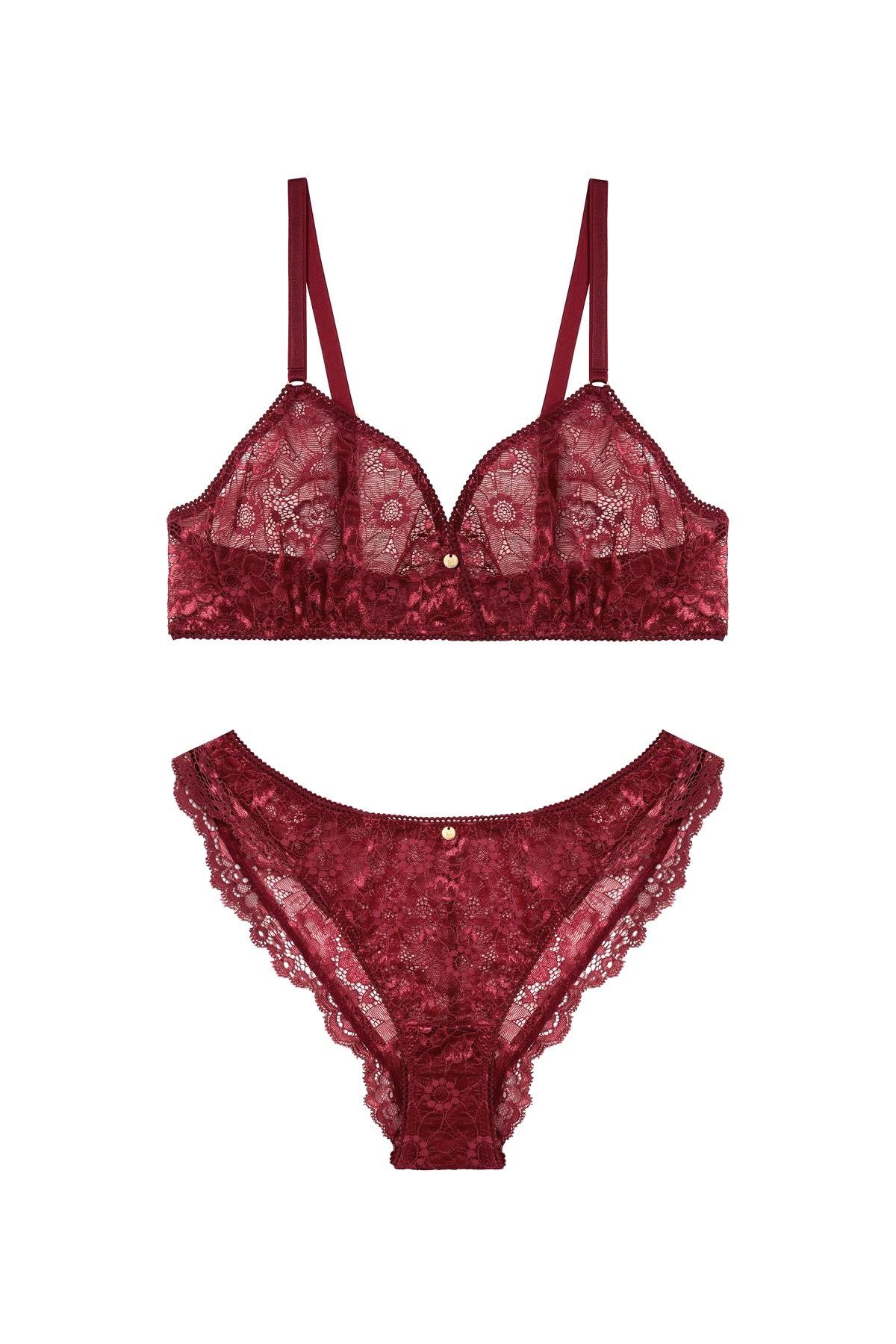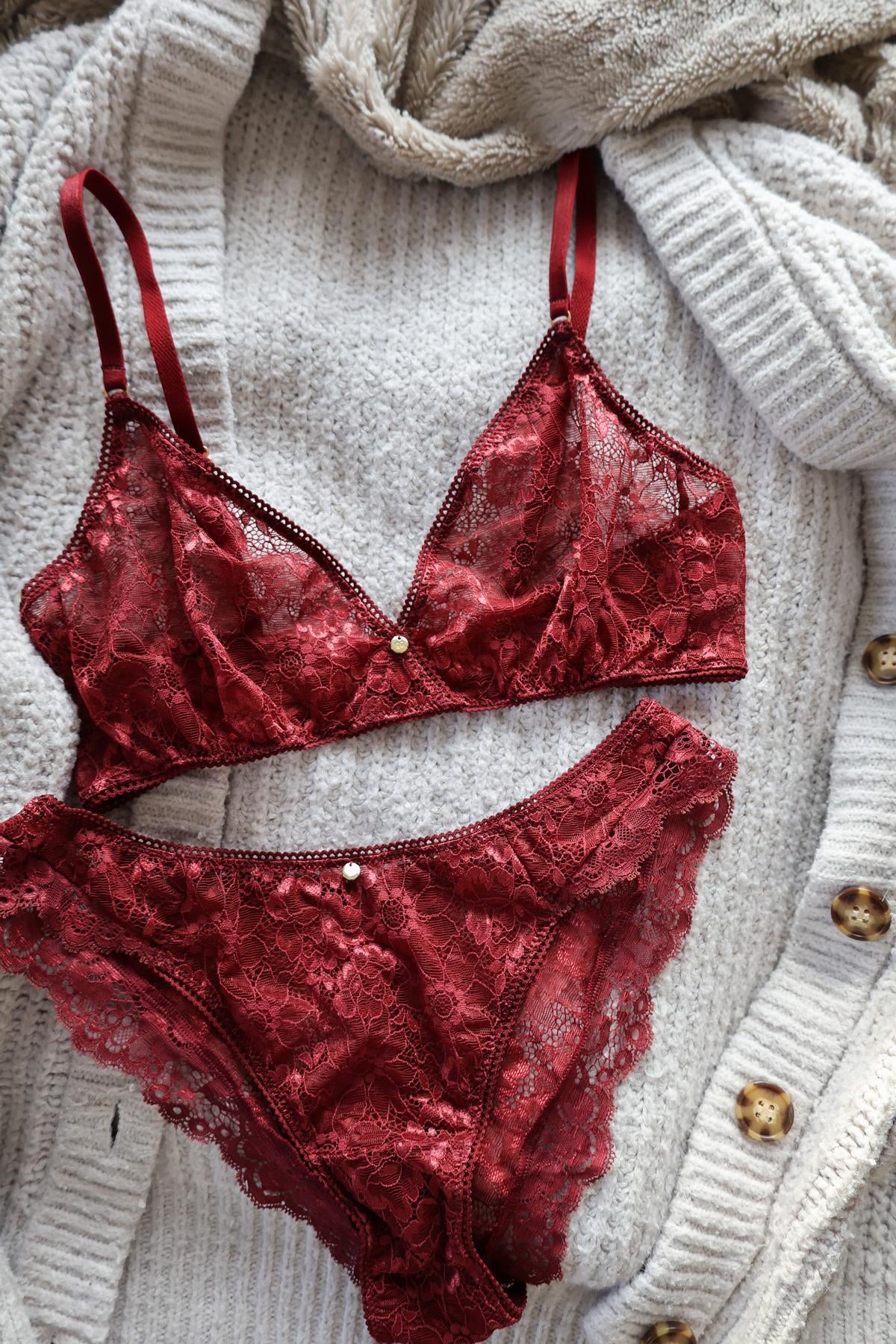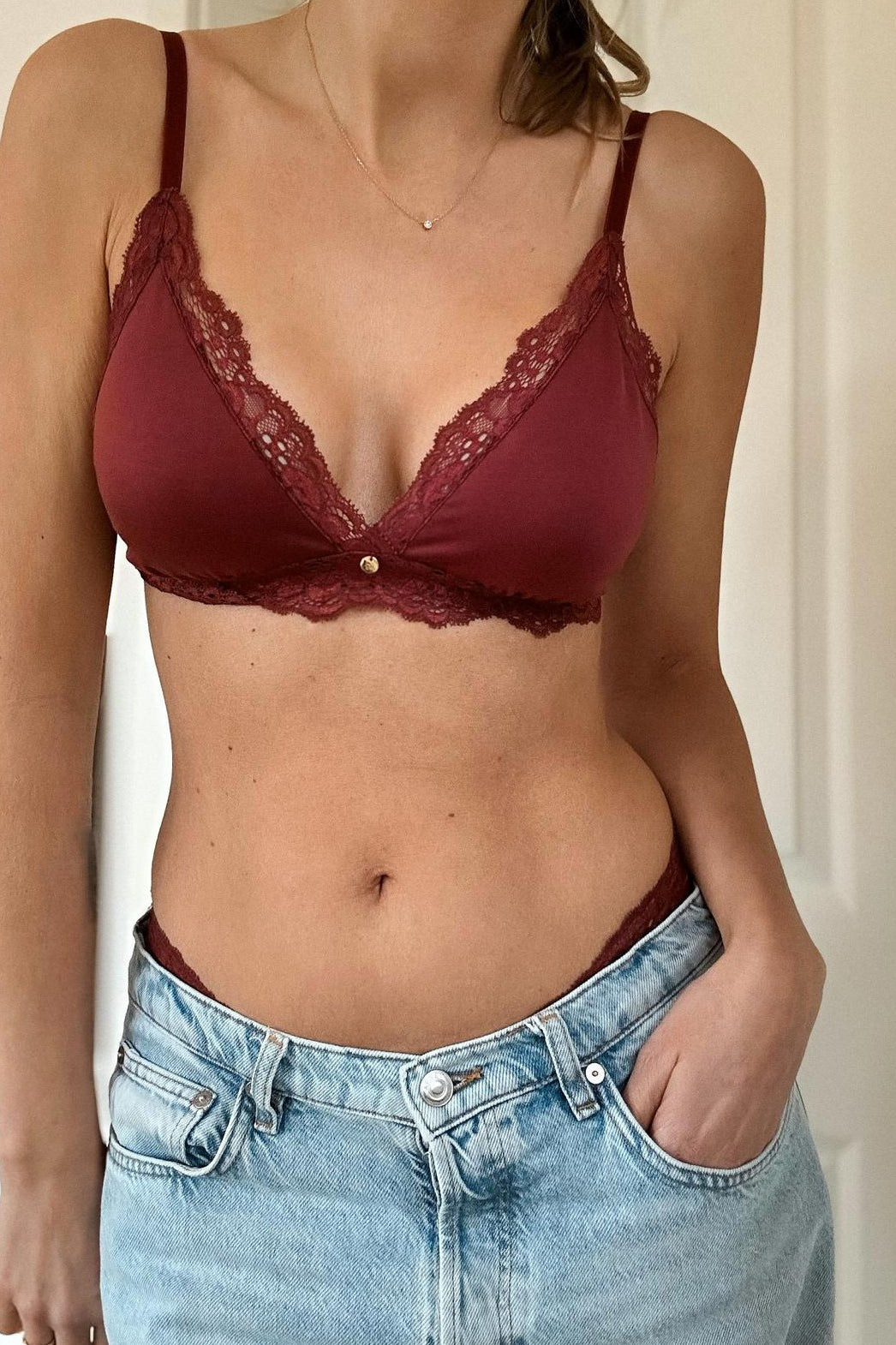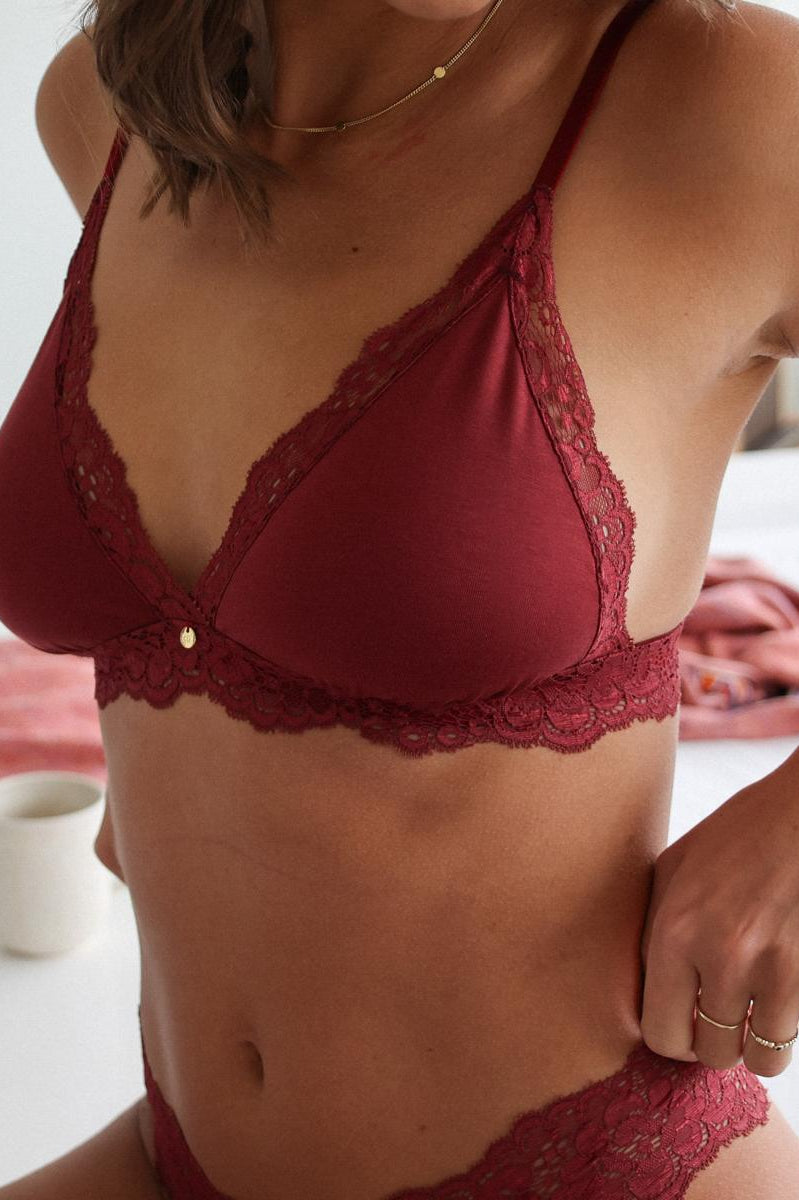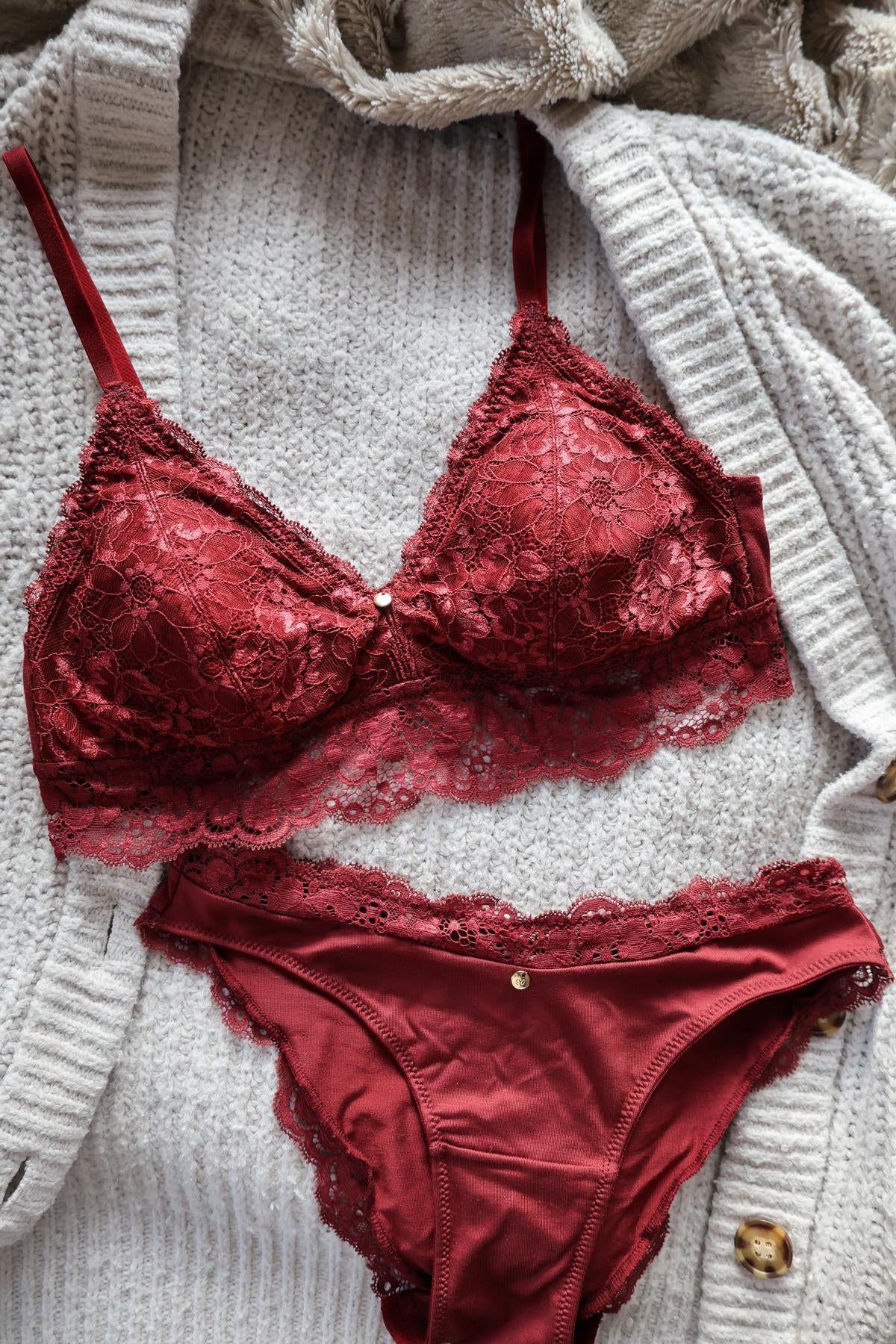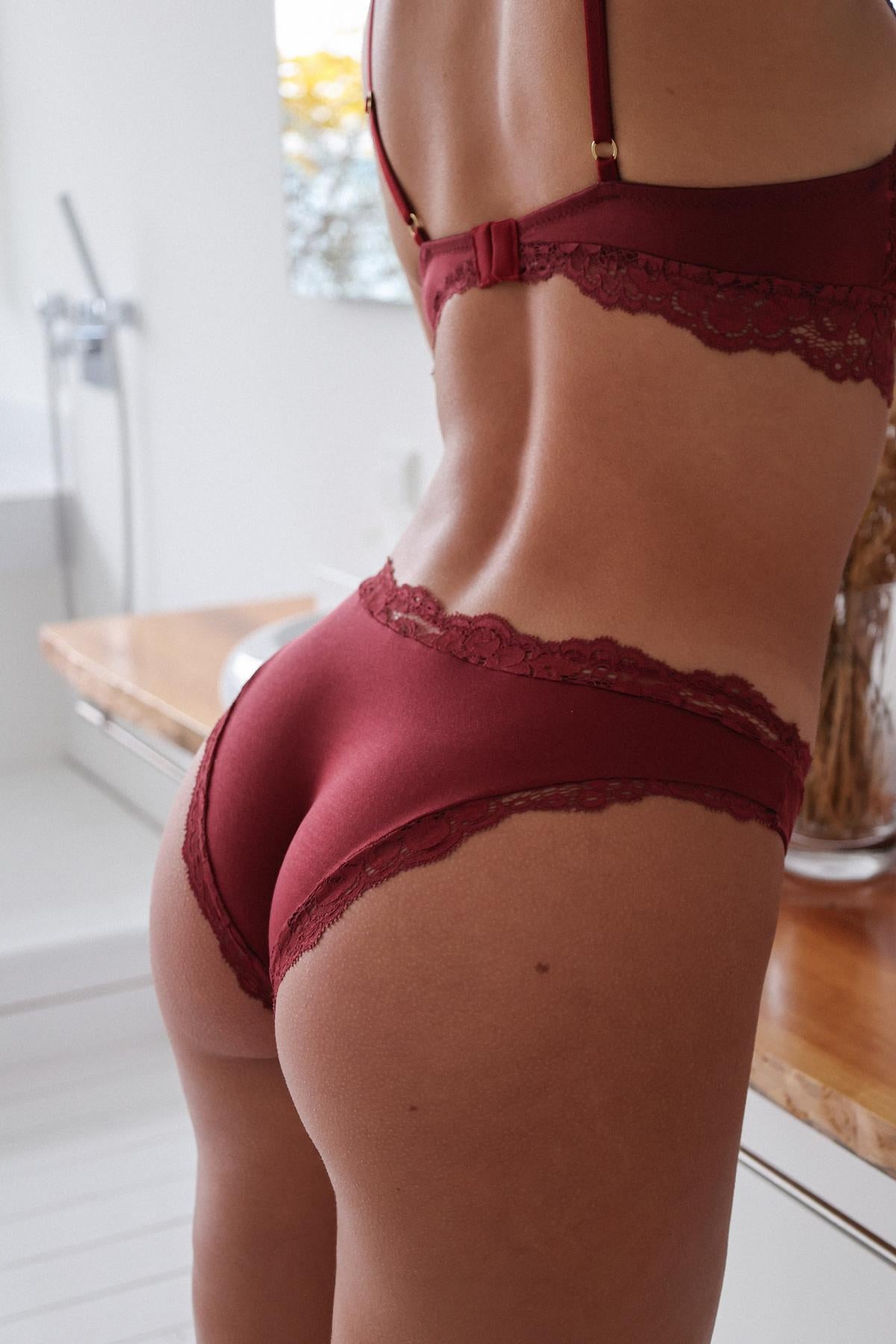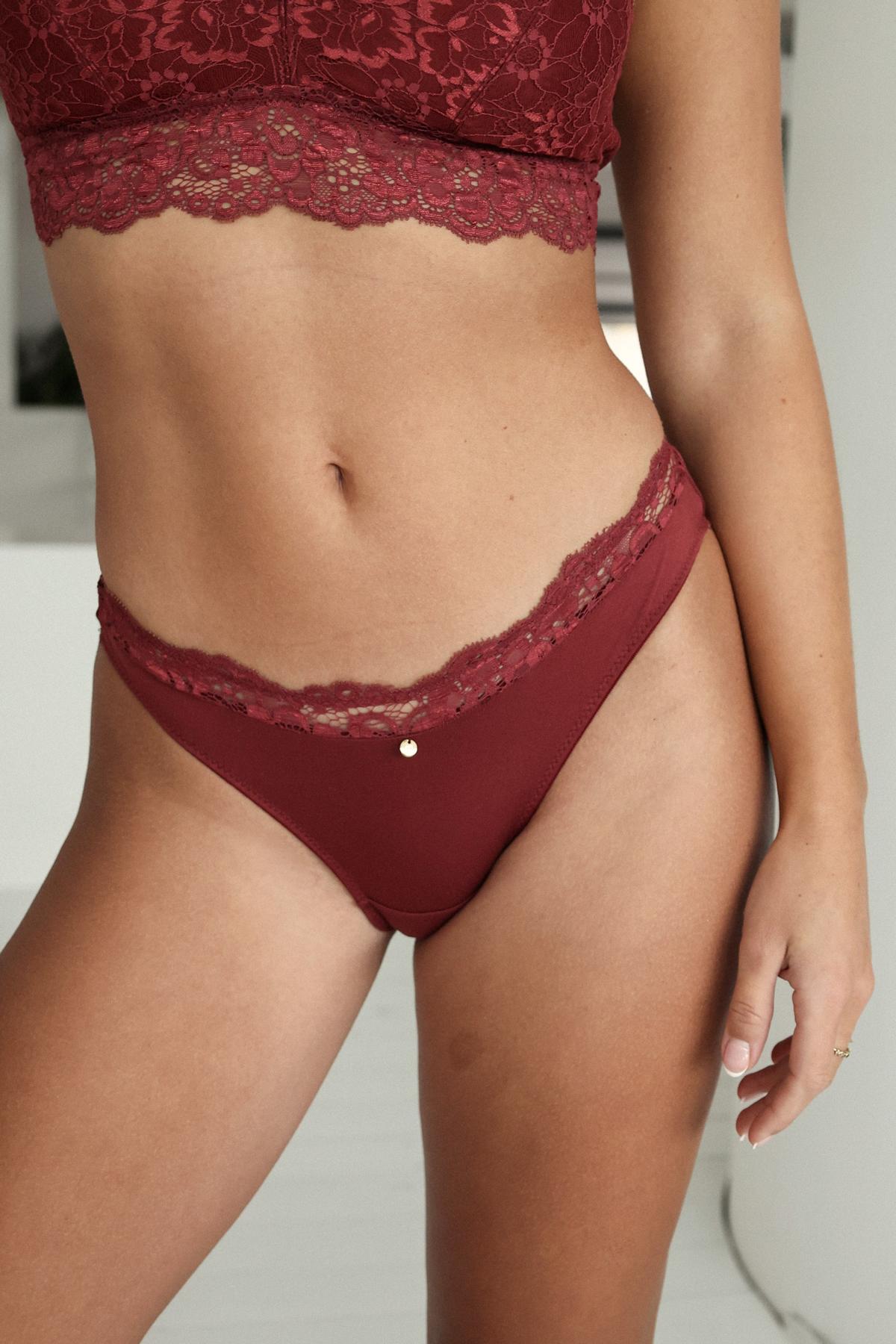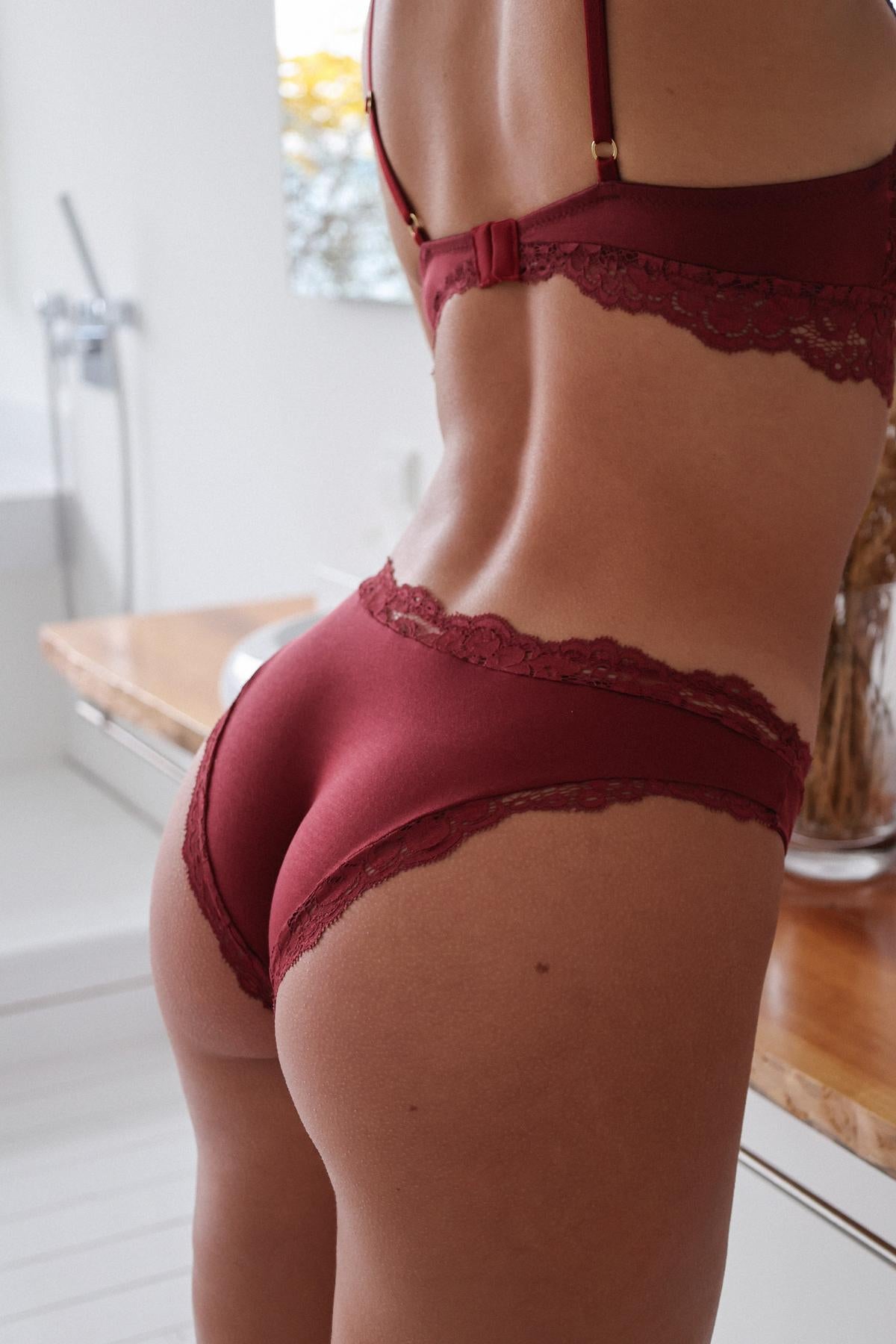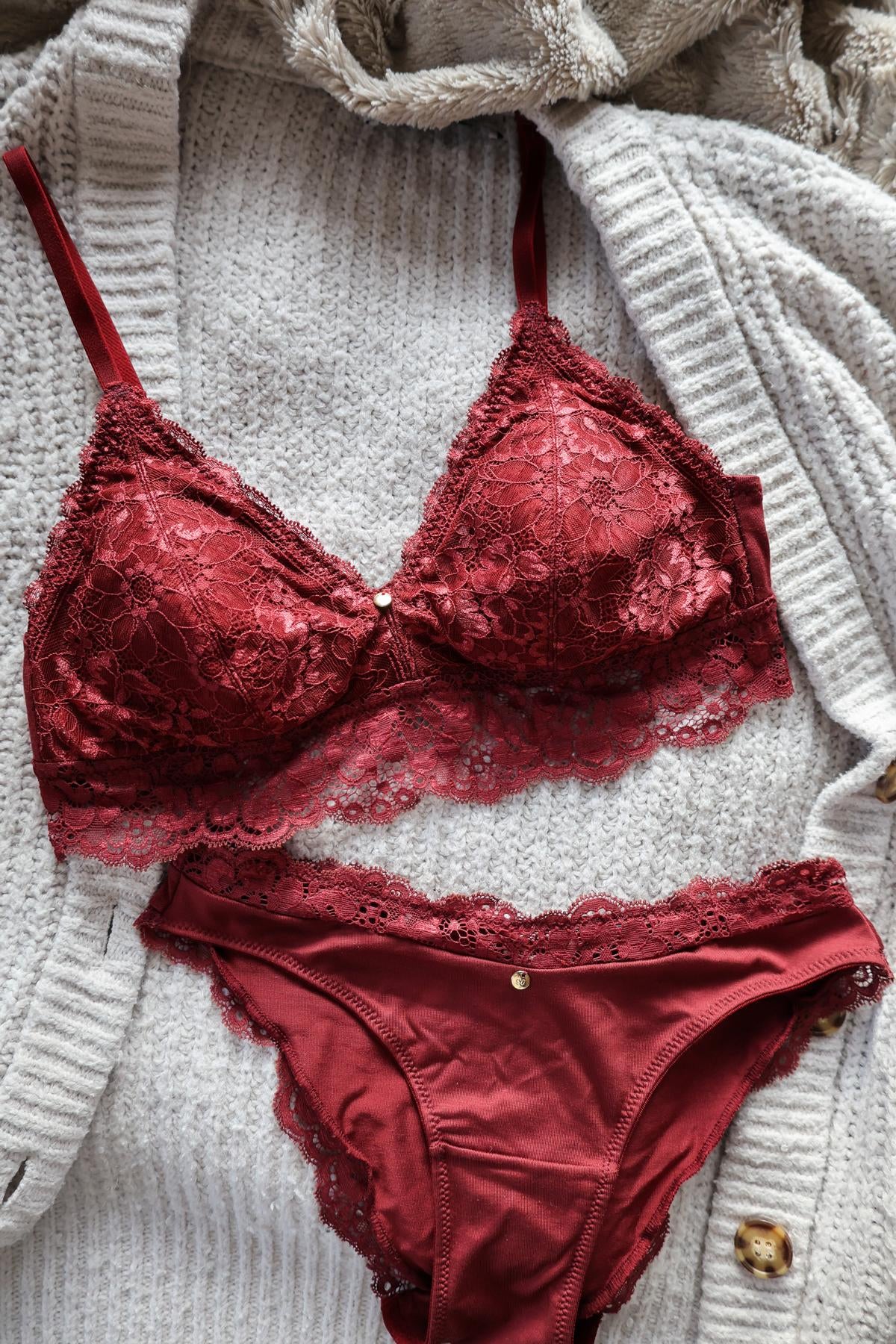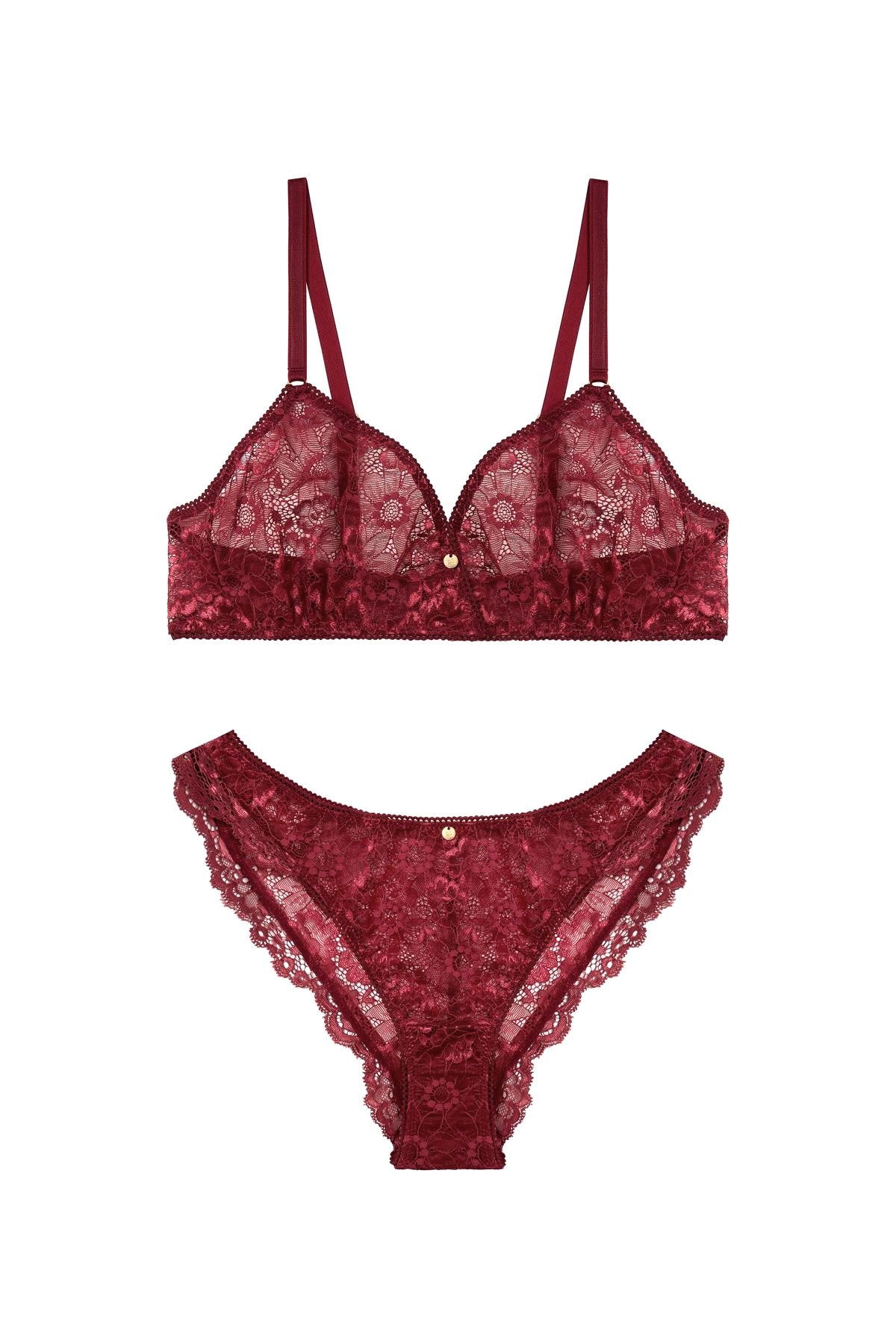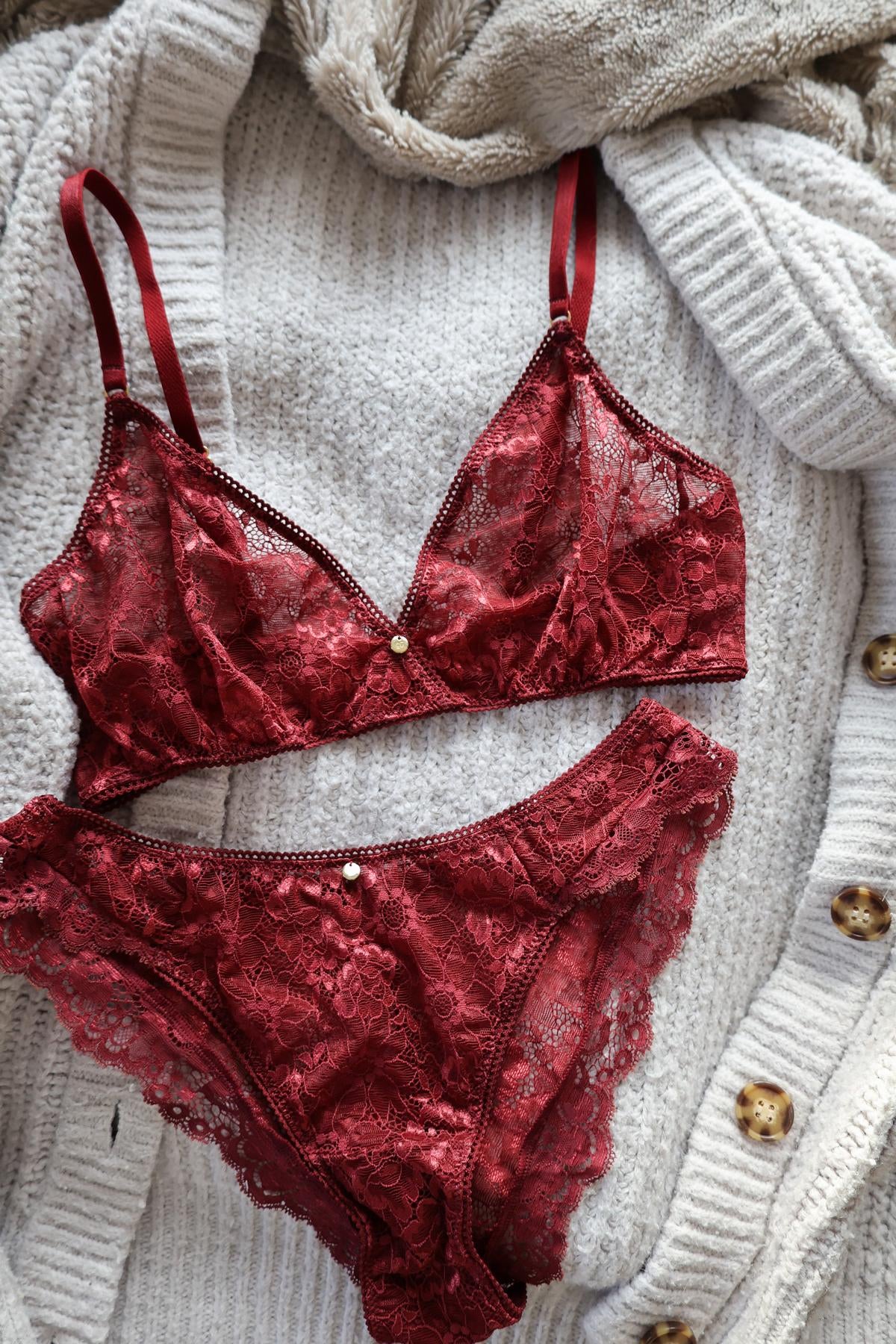Plenty, cheap and always something new - that's how the fast fashion industry can be described today. But even if it seems so cheap for consumers at first glance, the price for this mass-produced product is much higher. It's no longer a secret that the fashion industry is the second dirtiest in the world, right after the oil industry. But the social consequences must not be lost sight of.

Ecological impacts in the fashion industry
The apparel industry's share of global CO2 emissions is estimated at 6% and may increase to 25% by 2050. The 1.2 billion tons of CO2 are generated in particular in the extraction of plastic fibers, their further processing and very long transport routes. But the increased use of pesticides in the cultivation and further processing of fibers such as cotton also leads to increasing contamination of the groundwater. Chemicals such as perfluorinated hydrocarbons and phthalates enter rivers, seas and later the groundwater via wastewater. They poison the soil, kill insects and cause diseases. Plastic fibers such as polyester pose another problem. When clothes are washed, the smallest particles increasingly come loose, get into the water and later enter our bodies in the long term as microplastics. Finally, the high water consumption, especially in the case of cotton, which occurs during cultivation and further processing, is problematic.
Social problems in textile production
A high price for our clothes is mainly paid by the seamstresses. A few decades ago, the first production facilities were outsourced to low-wage countries, in particular to benefit from lower costs and wages. In the meantime, this trend has developed into social exploitation. For starvation wages equivalent to about $10 a month, over 40 million people work in garment factories, 4 million in Bangladesh, and about 85% of them are women. But not only subsistence wages are a problem; There are always accidents in the textile factories. In 2013 alone, more than 1,000 people died when Rana Plaza collapsed. The most tragic thing about it is the knowledge that such a disaster could have been prevented. Finally, it was known that the building was in danger of collapsing and the safety of the workers could not be guaranteed. Unfortunately, this is not an isolated case. Seamstresses keep trying to draw attention to the inhumane working conditions and lack of safety - often without success.
Making a real difference ♡
Making clothes at the expense of our environment and other people is not an option for us at Coco Malou. We want to show that there is another way and want to make a real difference!
Sustainability and environmental protection, as well as social aspects are very important to us, which is why we choose our materials carefully. In order to keep the transport routes as short as possible, we produce under fair working conditions directly in Lisbon and all our materials come from Europe. The main fabric of our products consists of silky soft Tencel Lyocell; a fabric that is made from the naturally renewable raw material wood and has great wearing properties. In Austria, the fabric is produced by the Lenzing company in a particularly sustainable manufacturing process. The lace used in our products is mostly made from recycled materials to reduce the use of virgin materials. Instead of plastic, we use high-quality, nickel-free metal for our gold accessories, such as rings, pendants or sliders. They are particularly durable and elegant at the same time, are made in Germany and are OEKO-Tex Level 1 certified.
As you can see, fashion can be done differently - sustainable and fair and not at the expense of the environment or people. ♡

Here are a few more tips on how to make your wardrobe a little more sustainable:
- Pay attention to seals of approval, especially at larger companies. They show which textiles have been manufactured in accordance with particularly demanding social and environmental standards.
- Check the website for production conditions. Especially start-ups and small companies often cannot afford certifications . But if you look for it, you will quickly find out whether there is concrete background information and transparency or just vague information.
- Use laundry bags to protect the environment from microplastics . Especially with textiles made of synthetic fibers, the smallest plastic particles can get into the water when they are washed. This can be prevented by using special wash bags, such as the Guppyfriend .
- Buy (sell) second hand. This is an easy way to give used clothes a second chance before they end up in the landfill. And with a bit of luck you can also find little treasures!
- Less is more. As the saying goes, quality is often more important than quantity. After all, your clothes should last for a while. So instead of buying another white t-shirt, think twice if you really need it - buy less but better quality.
Sources:






